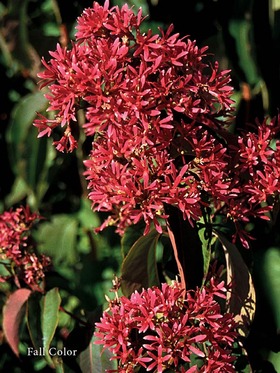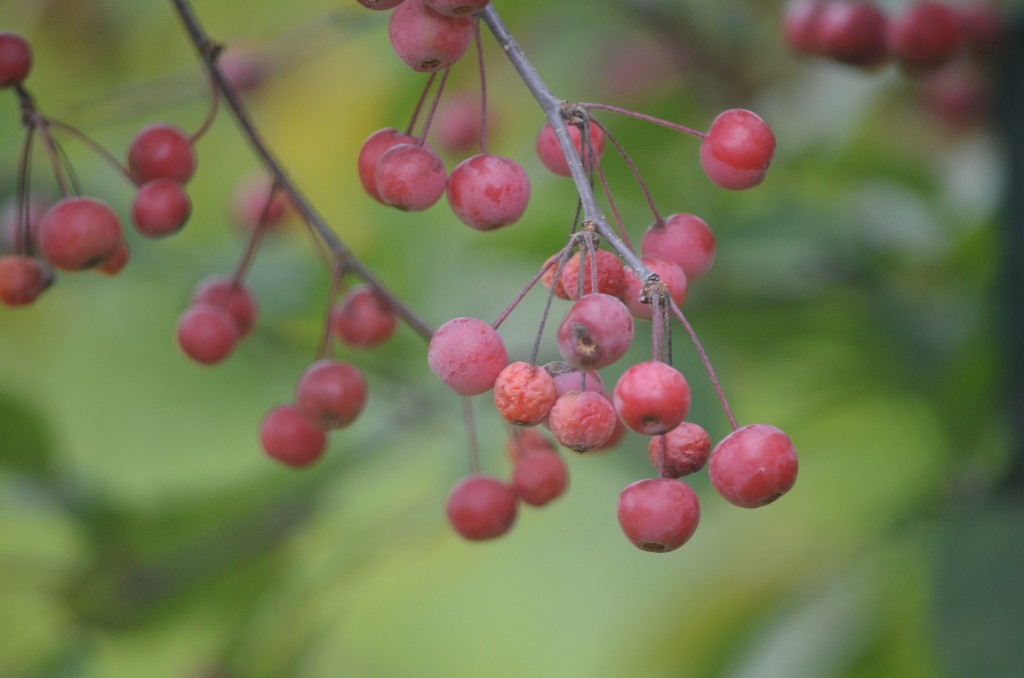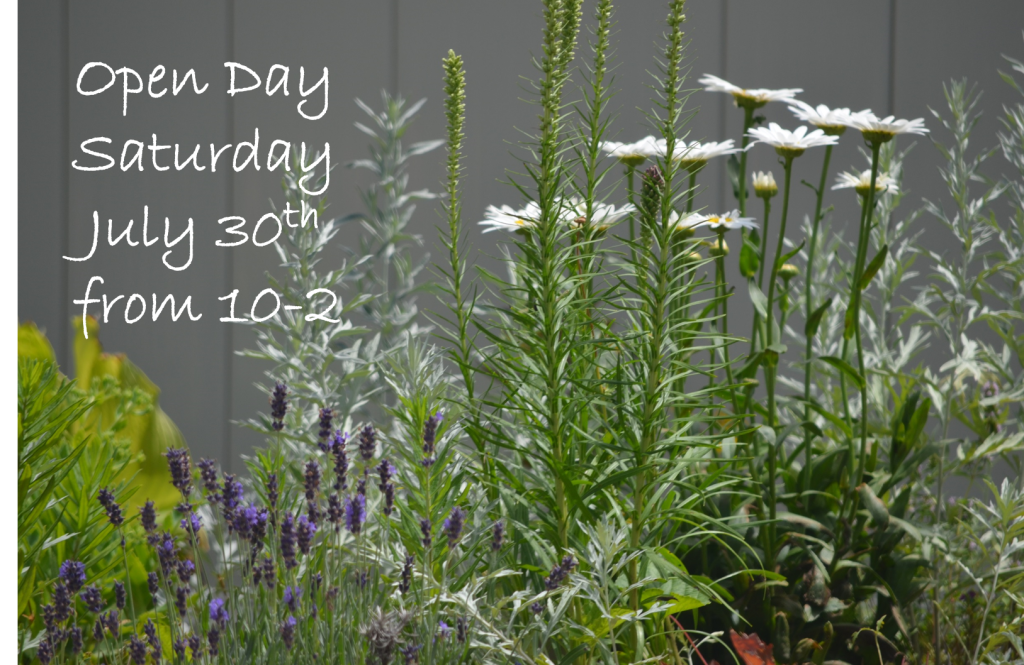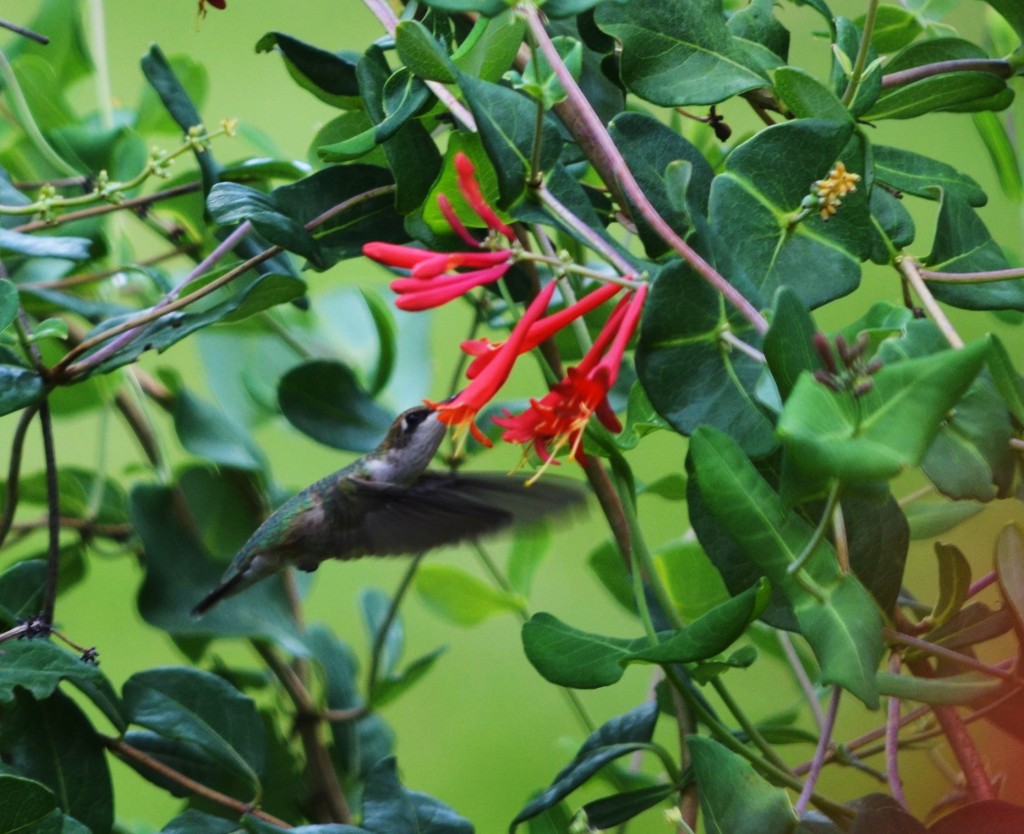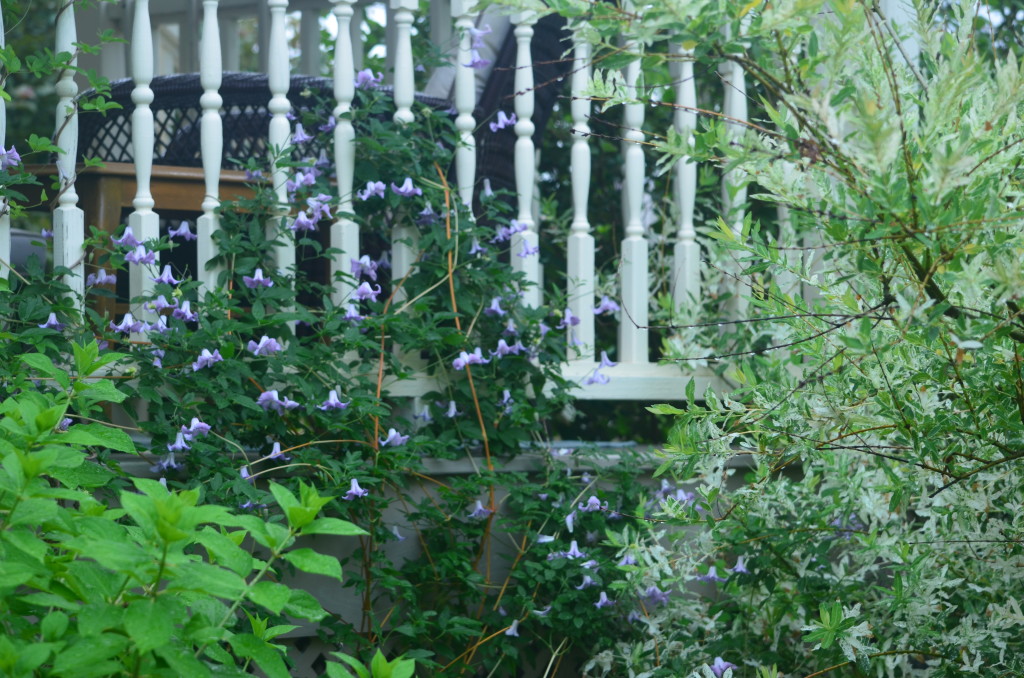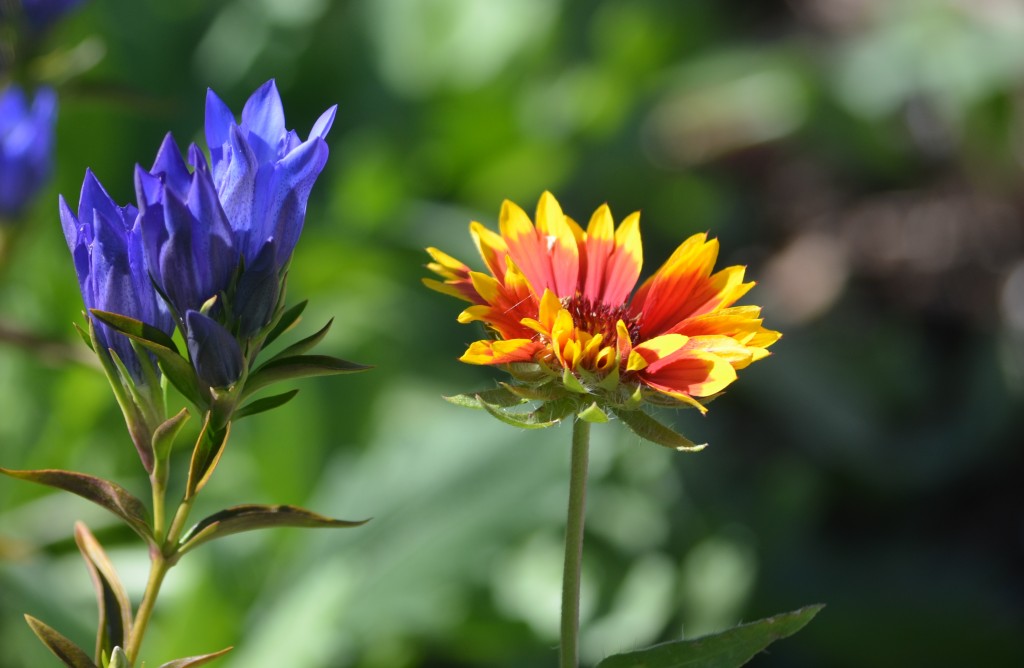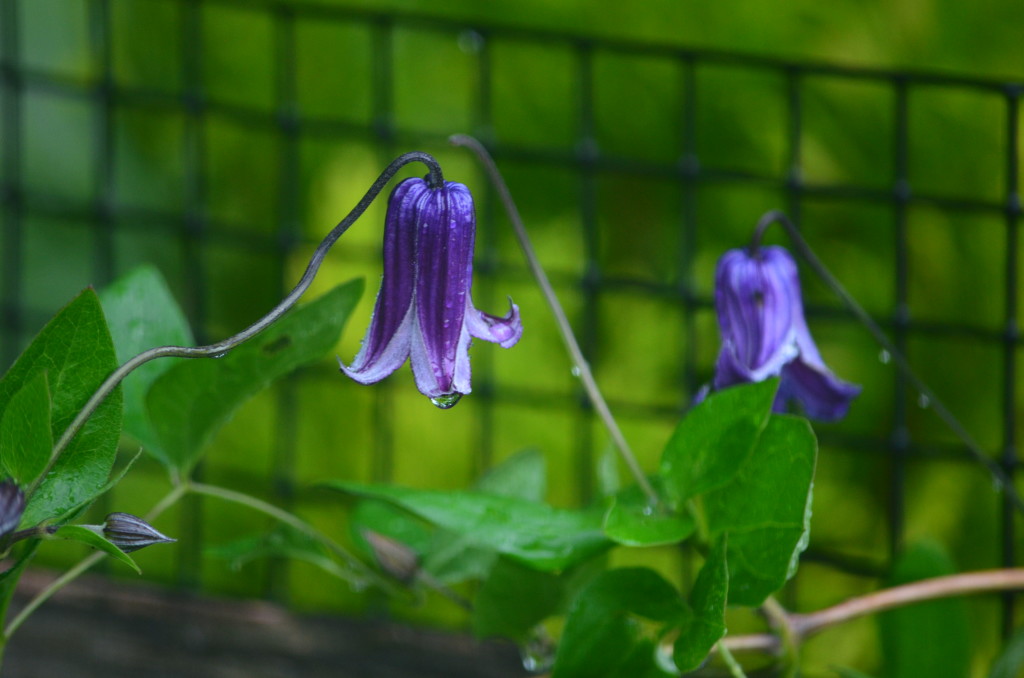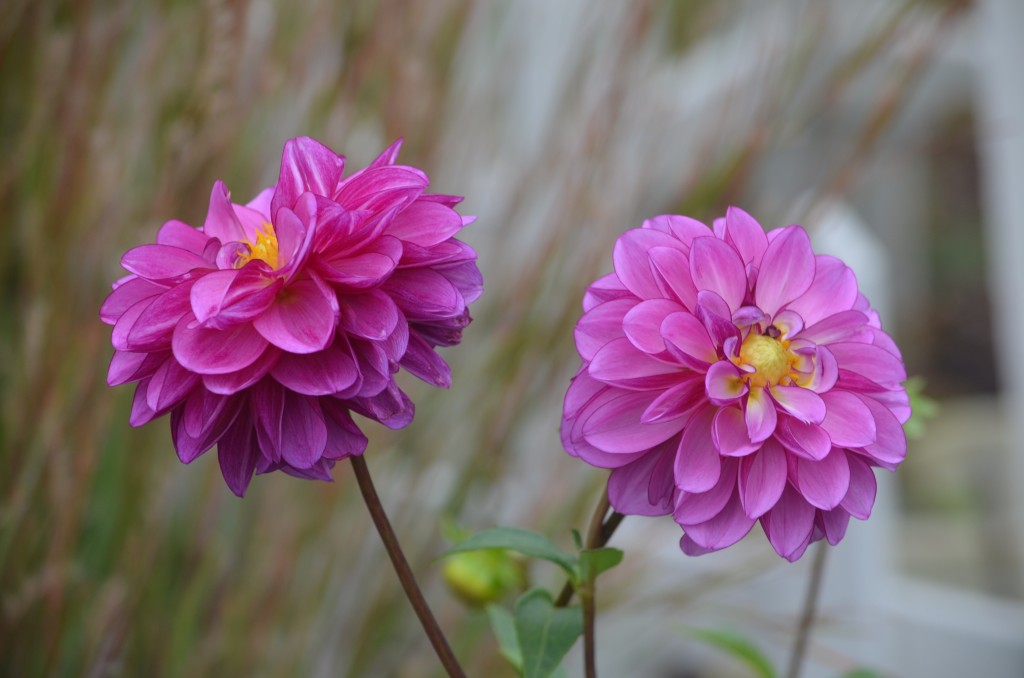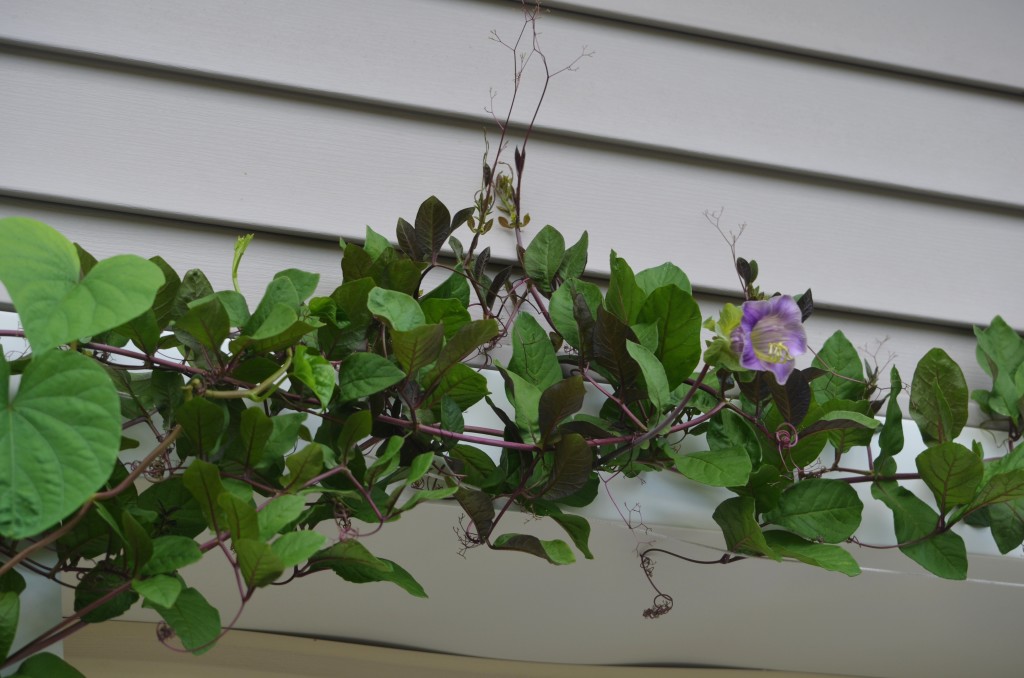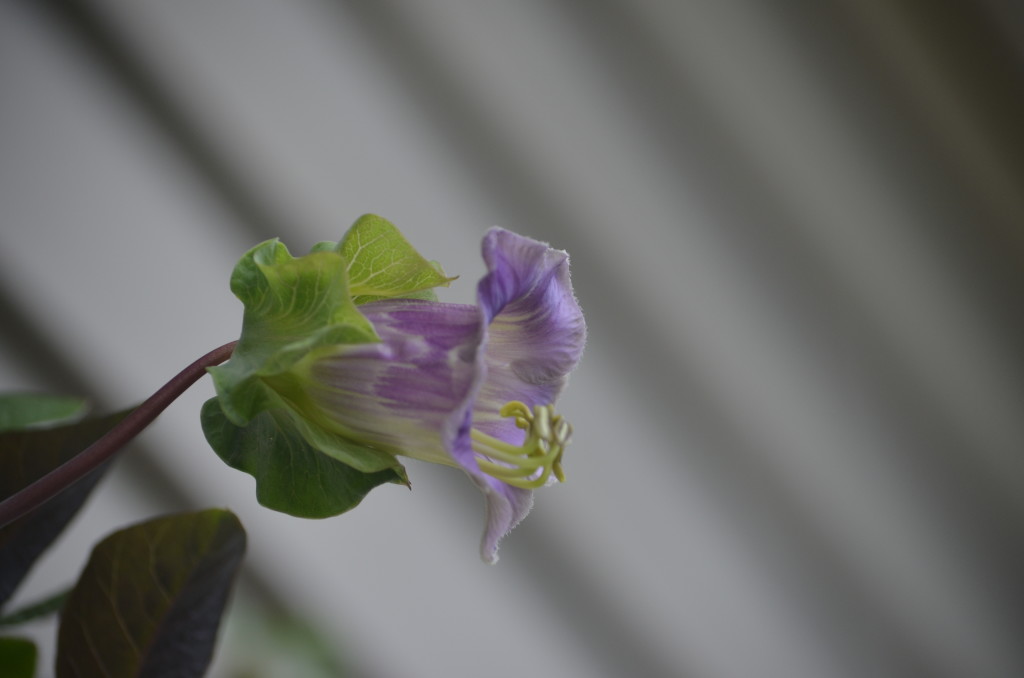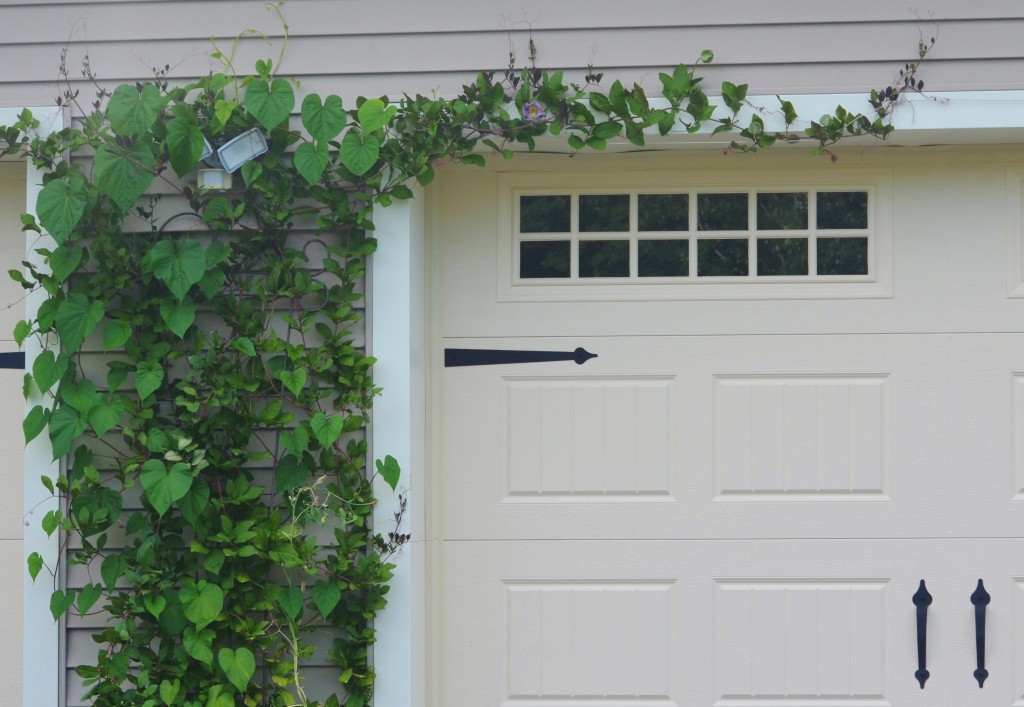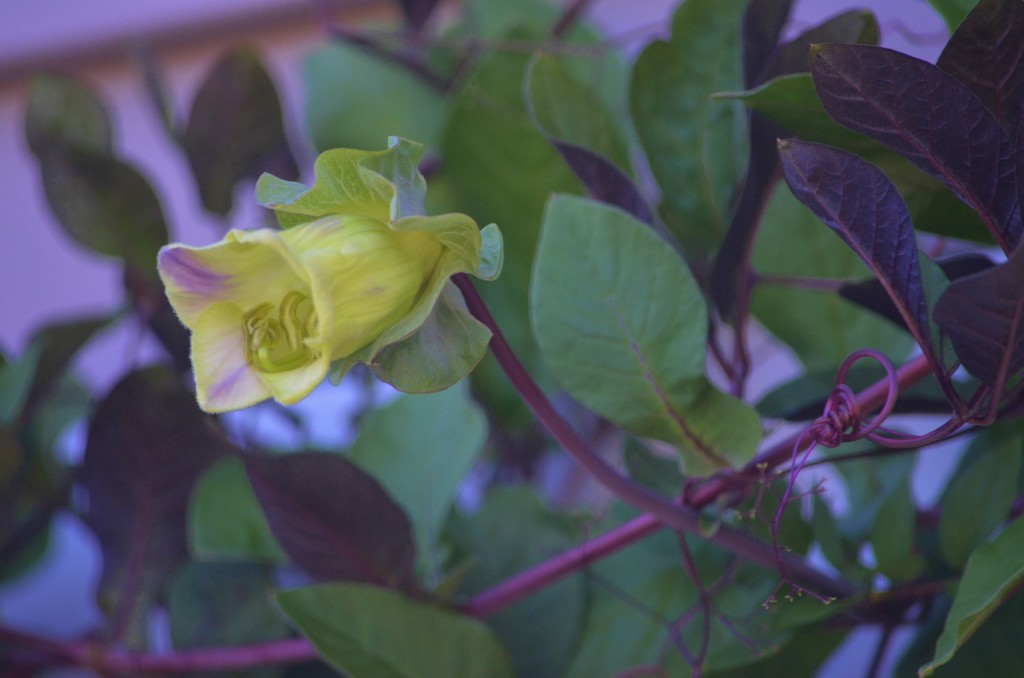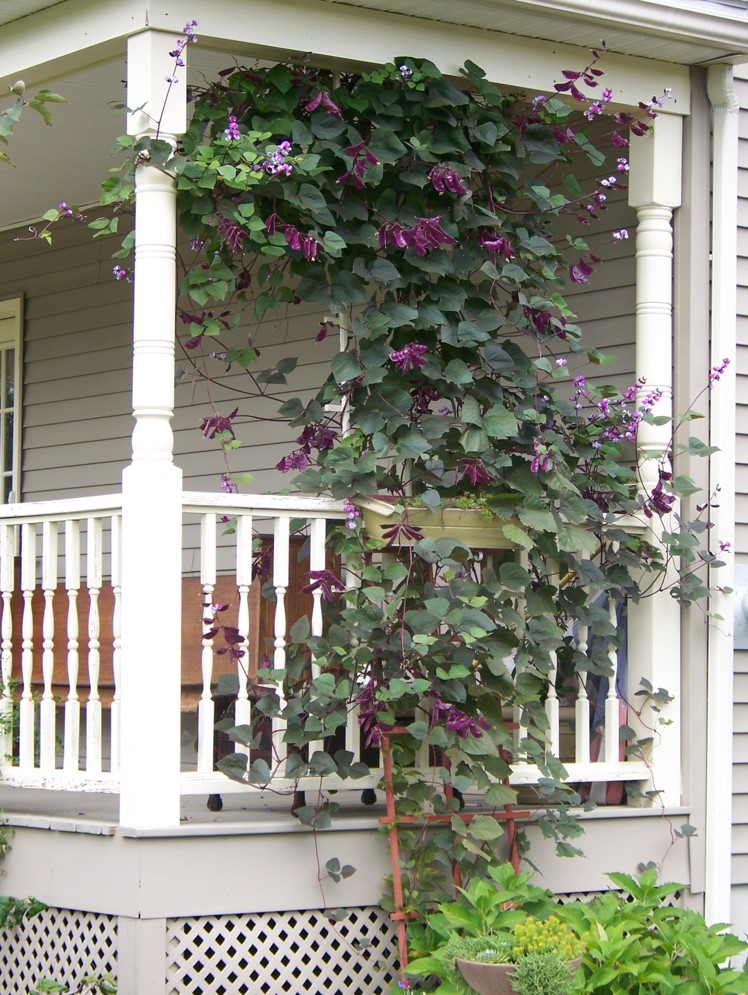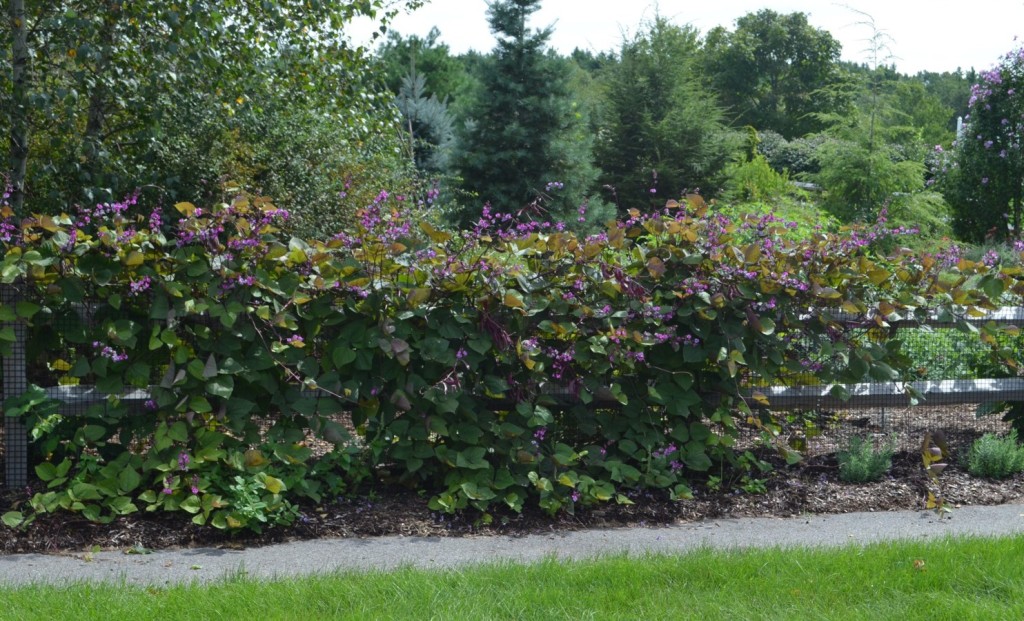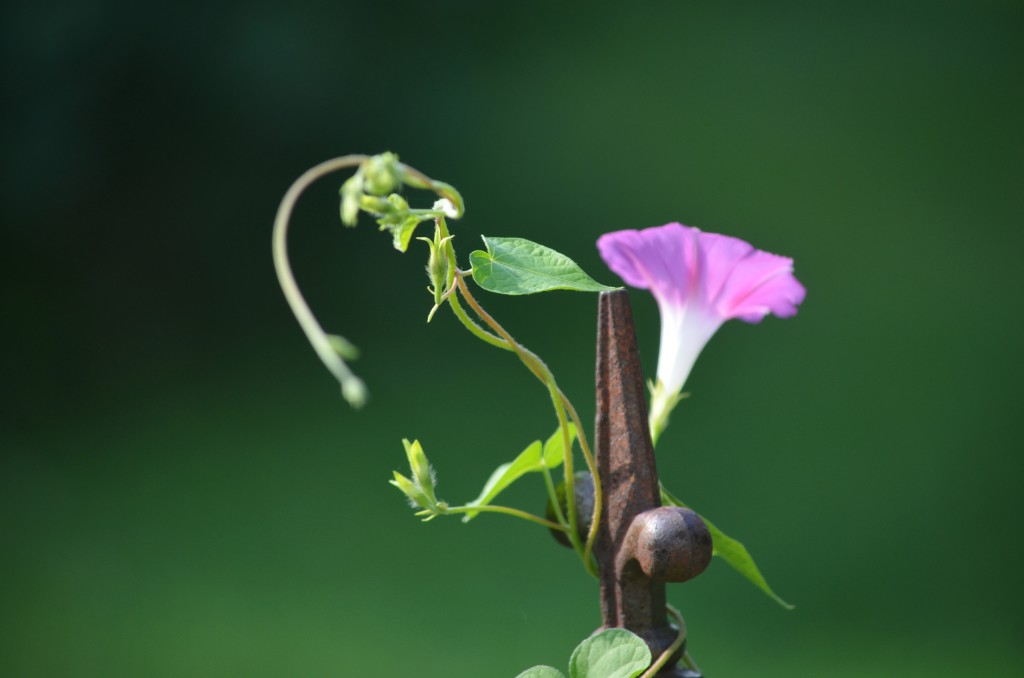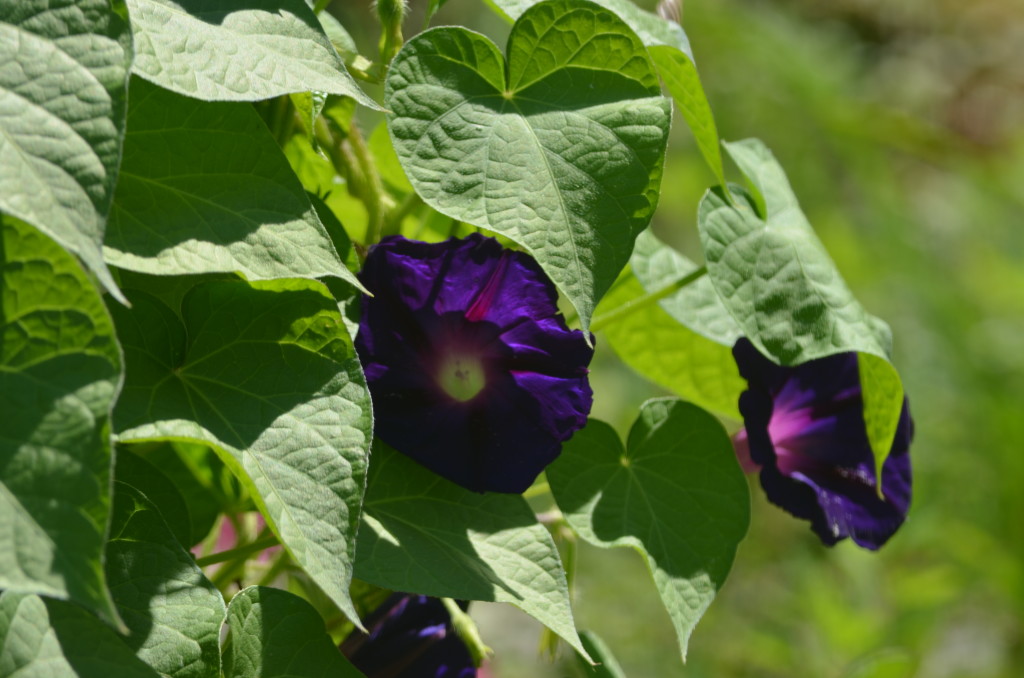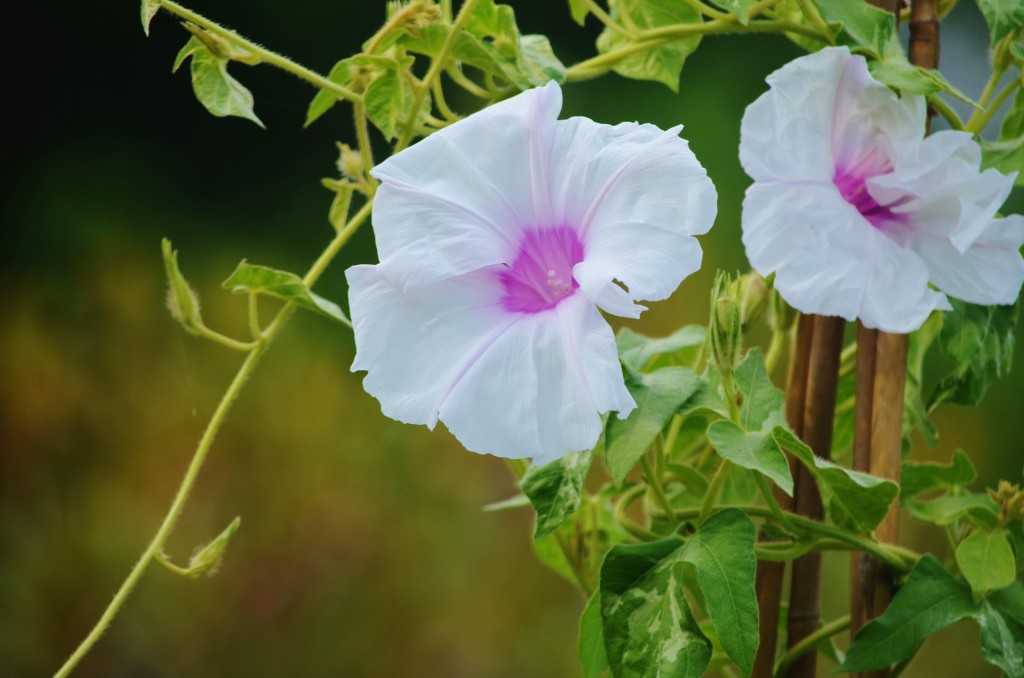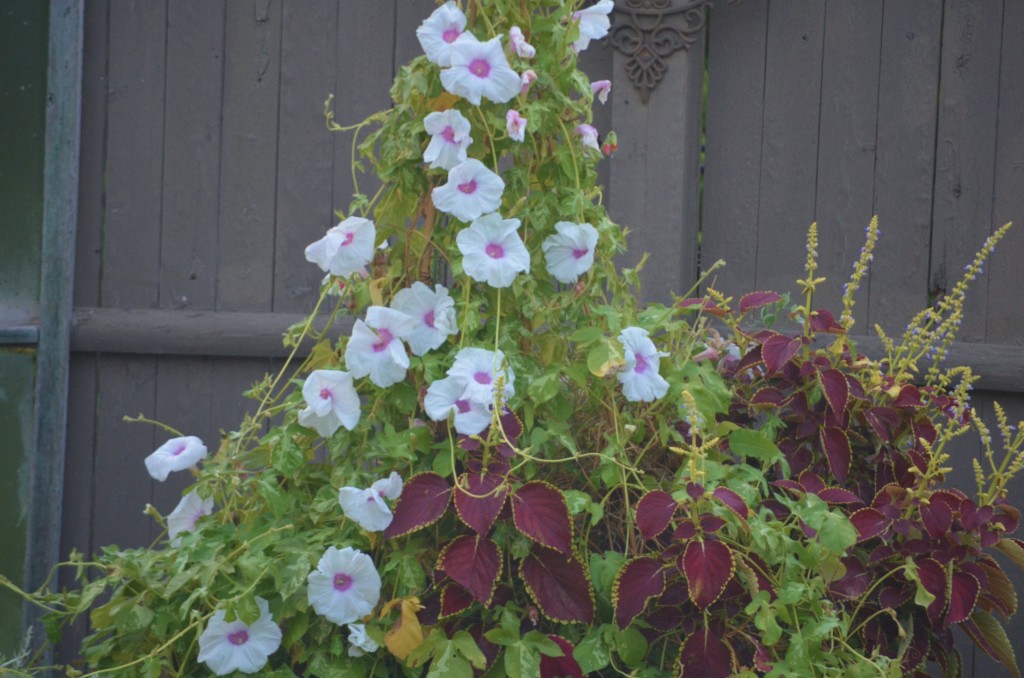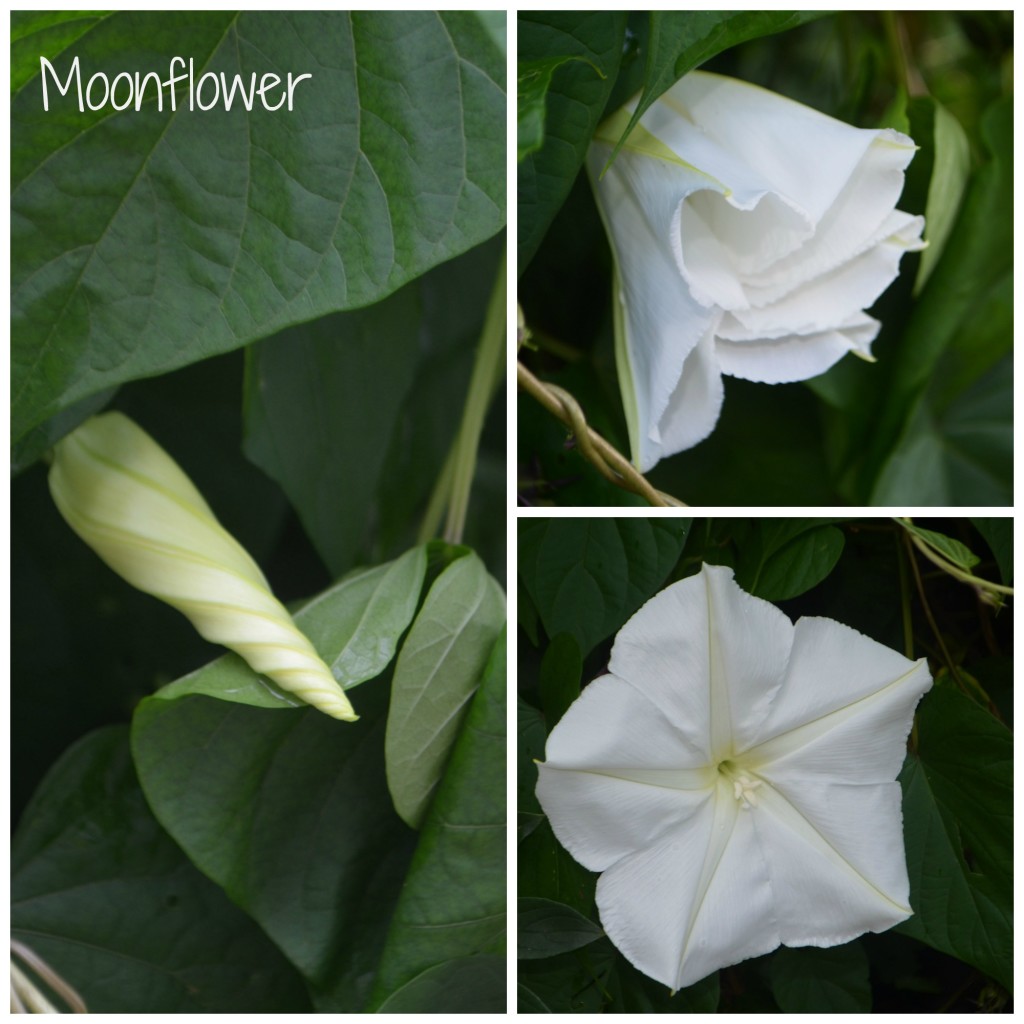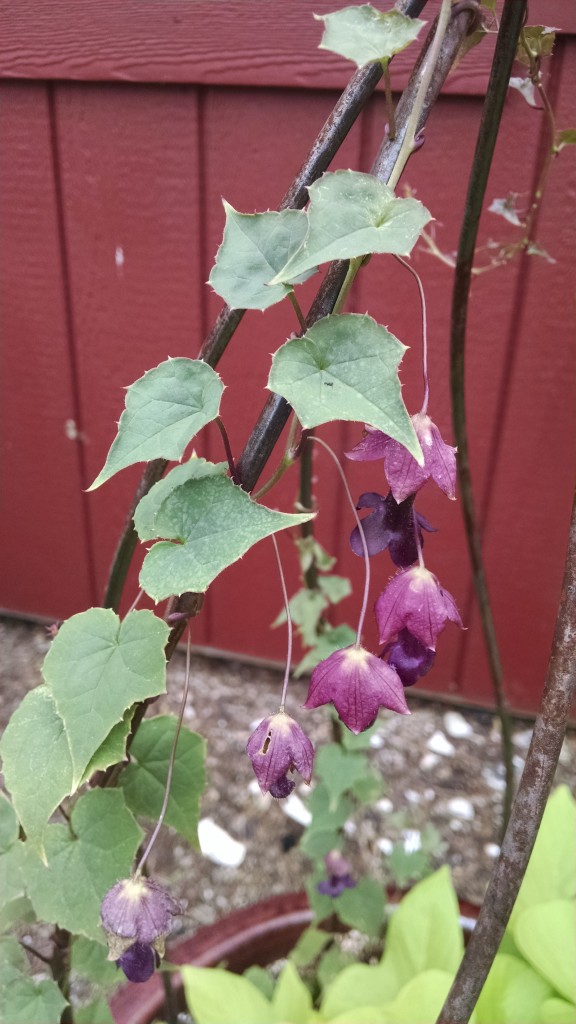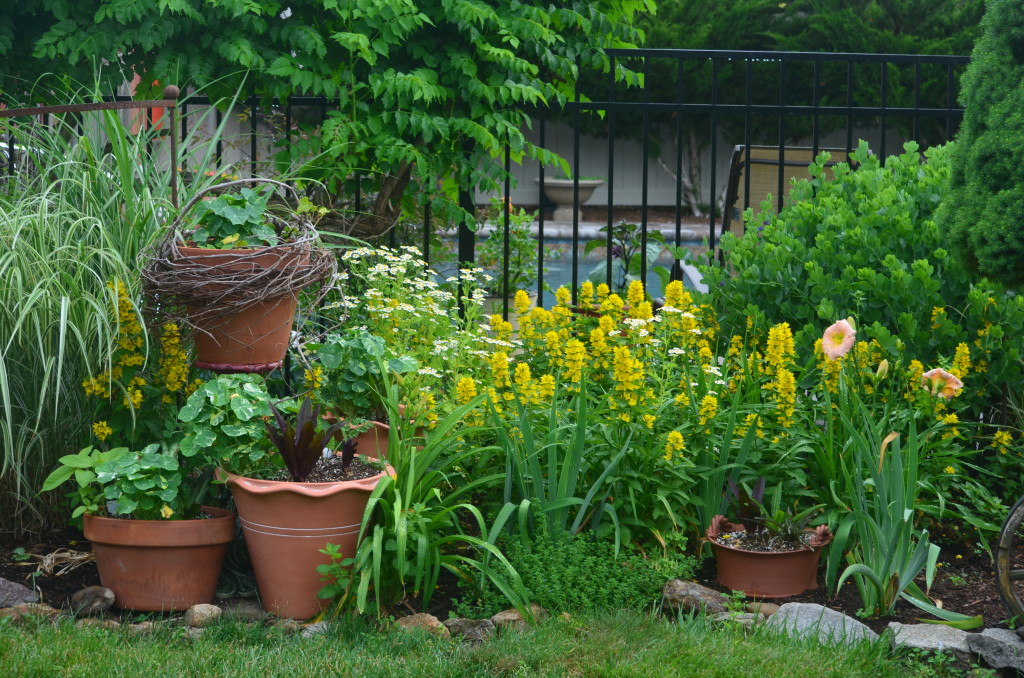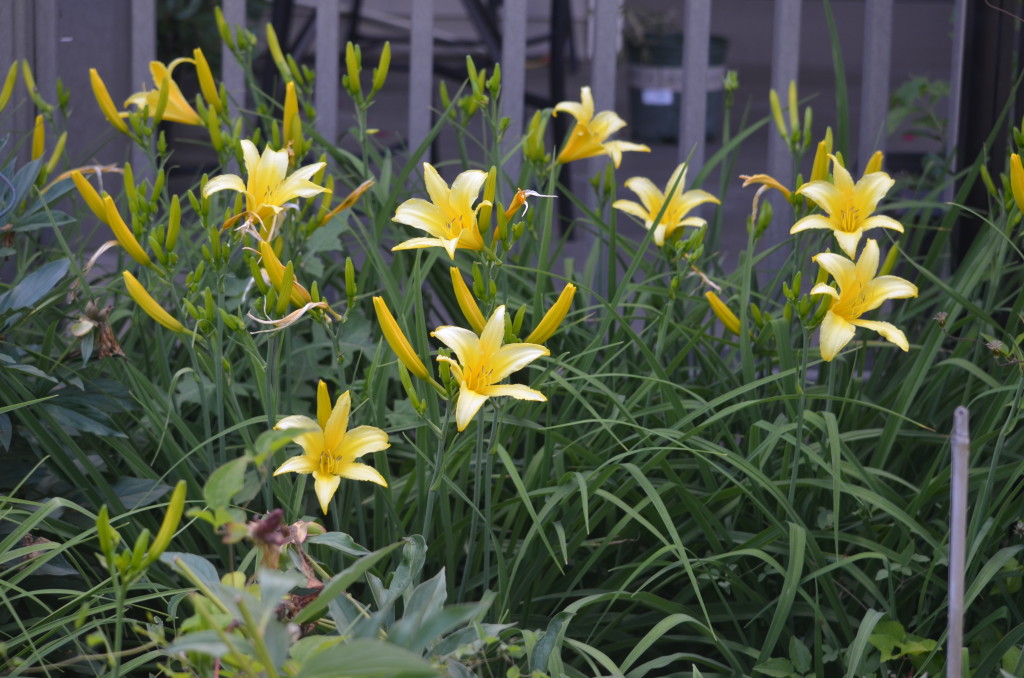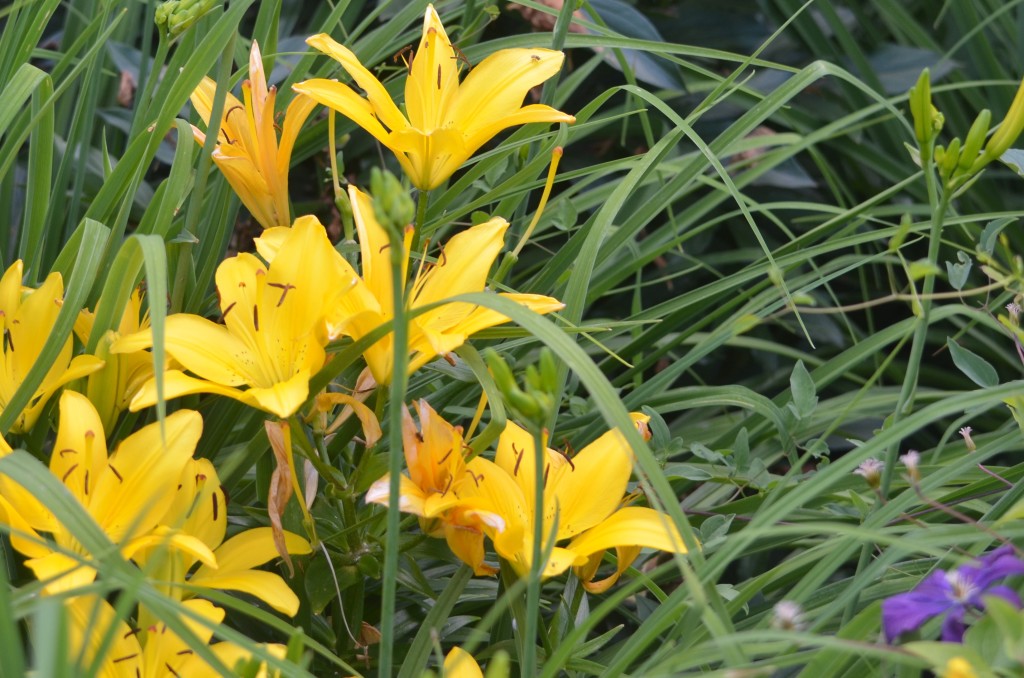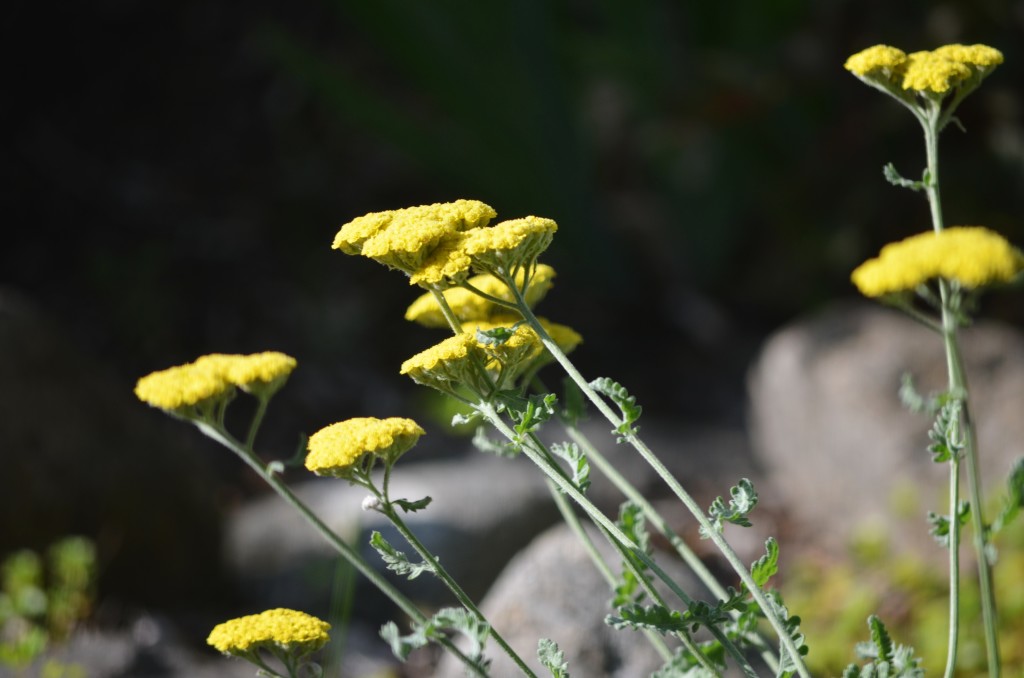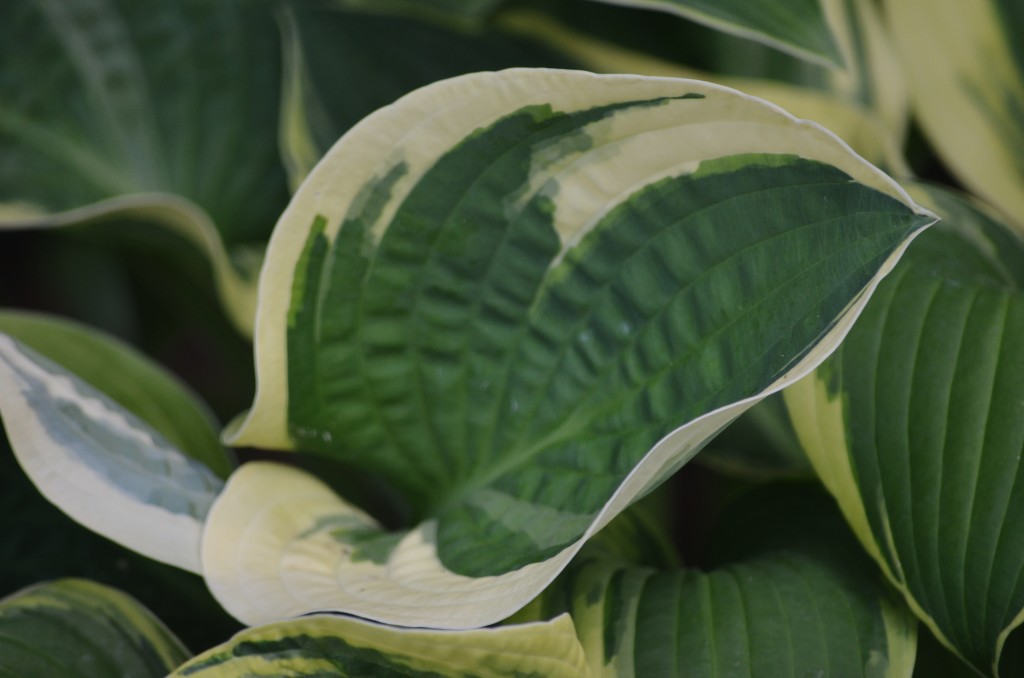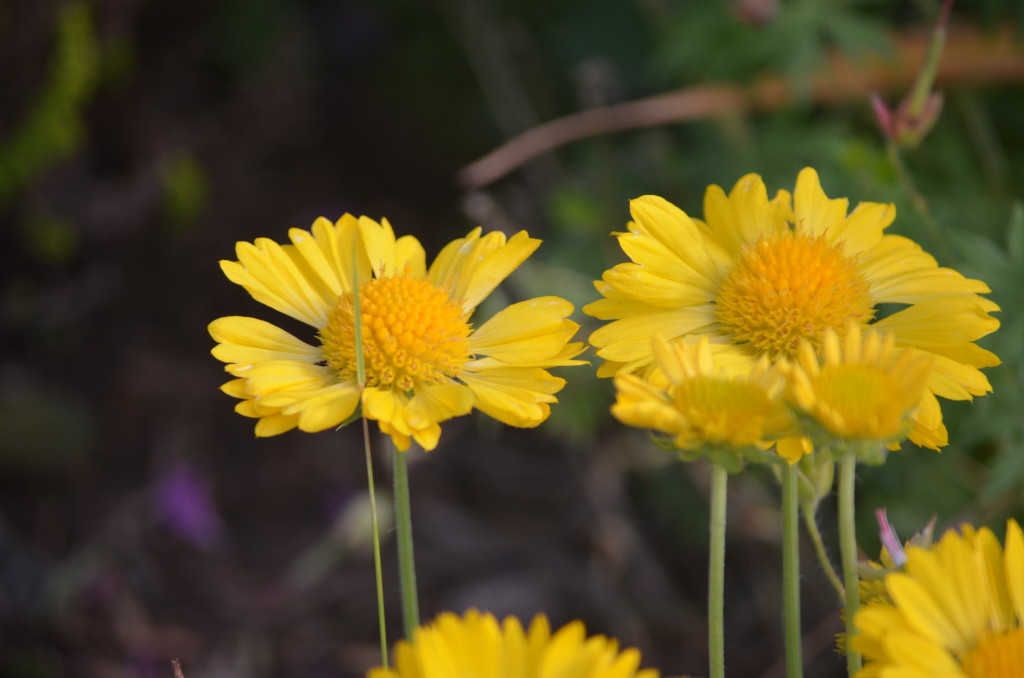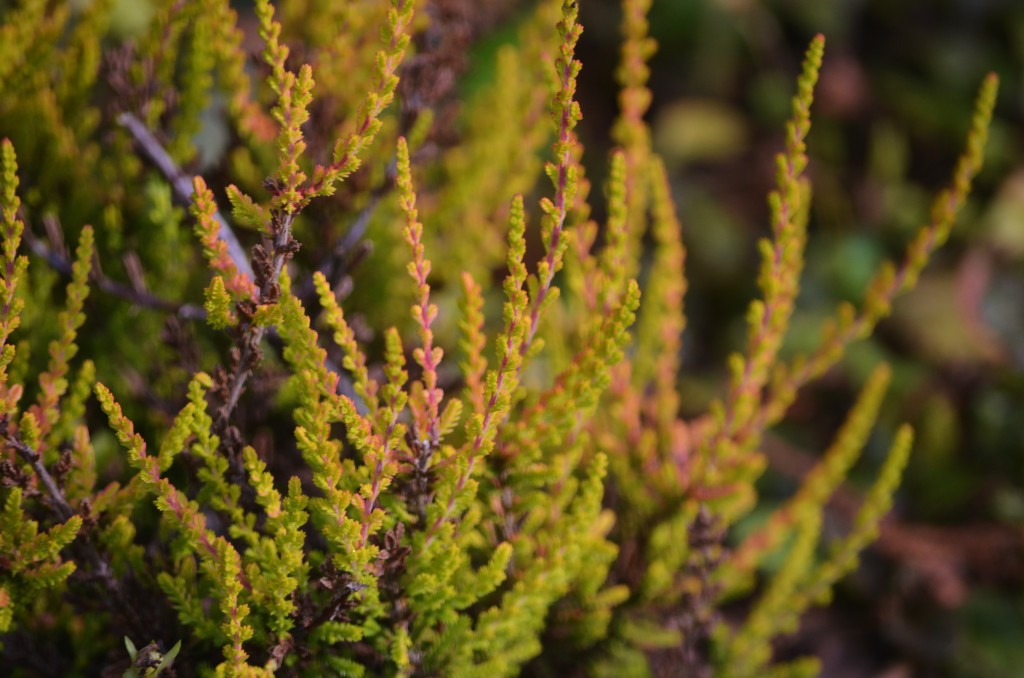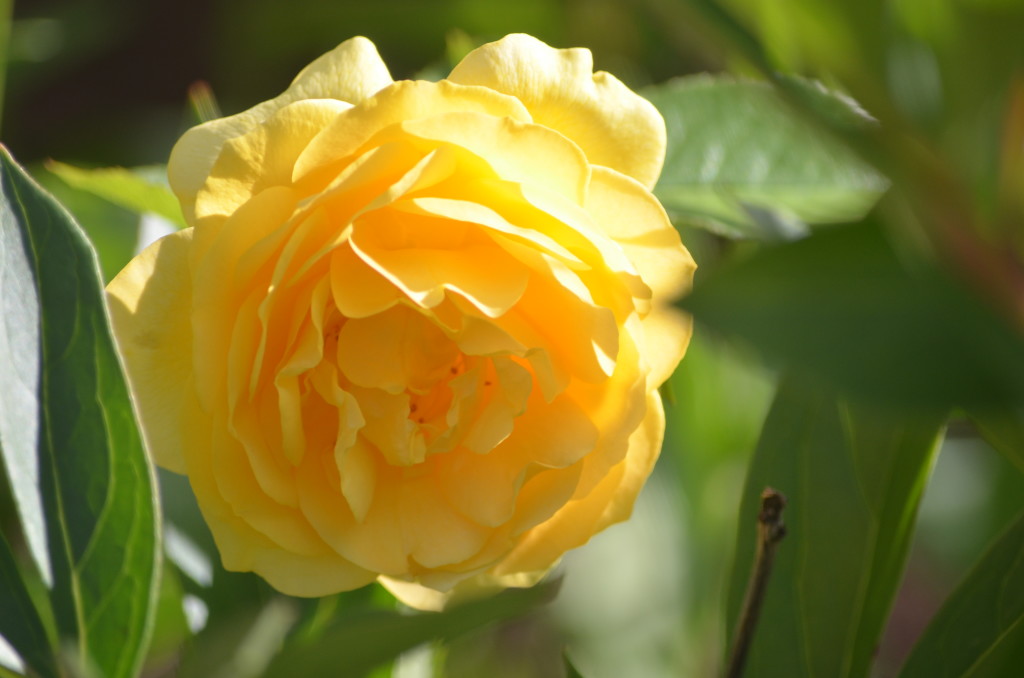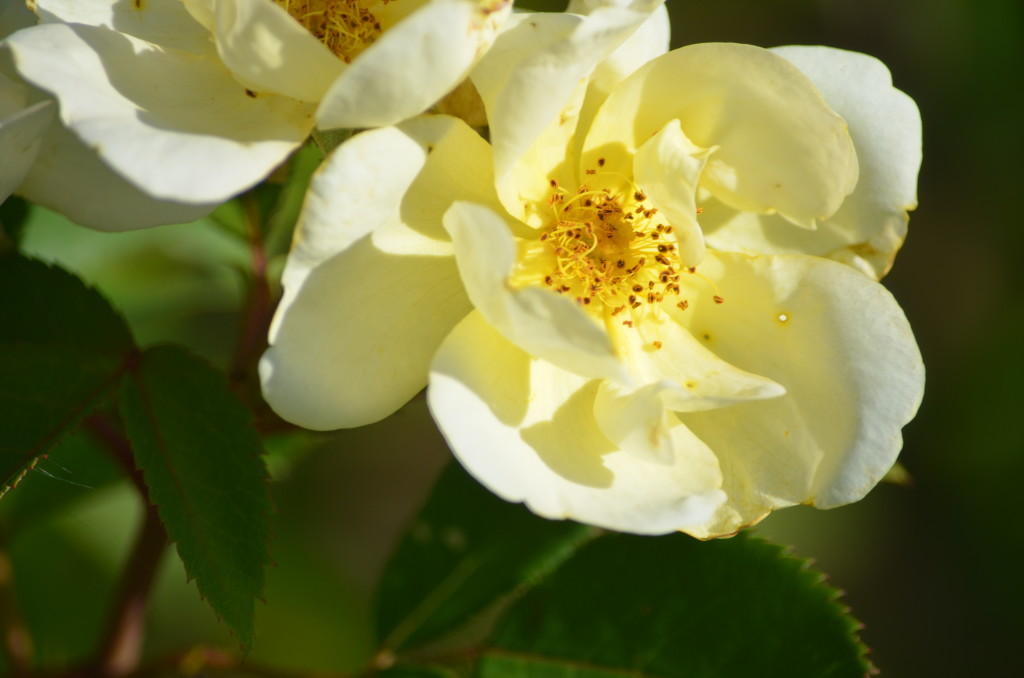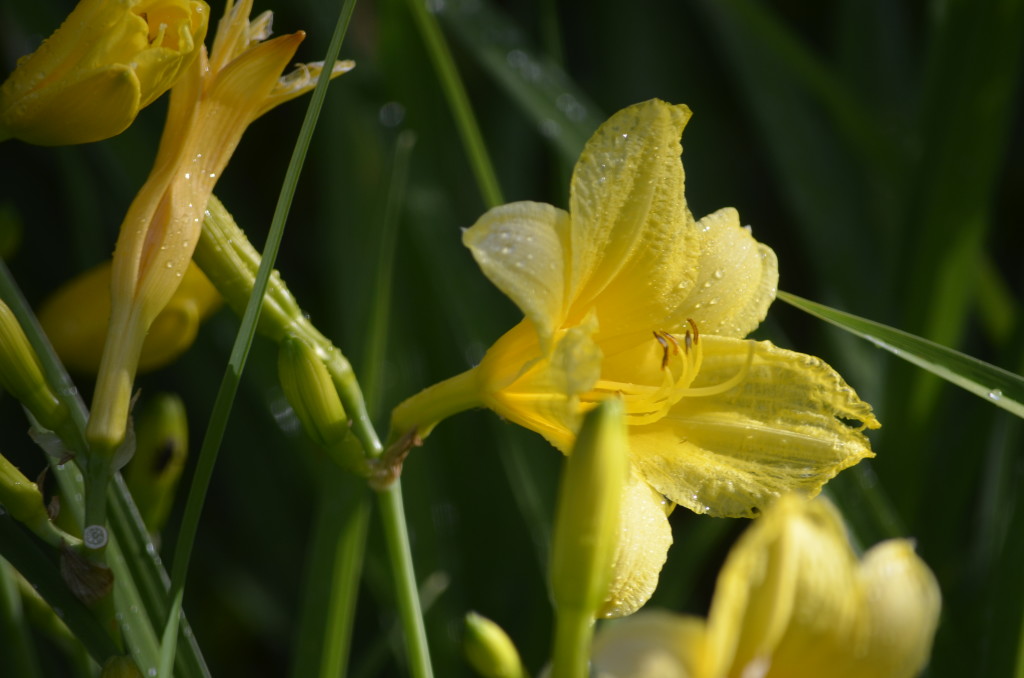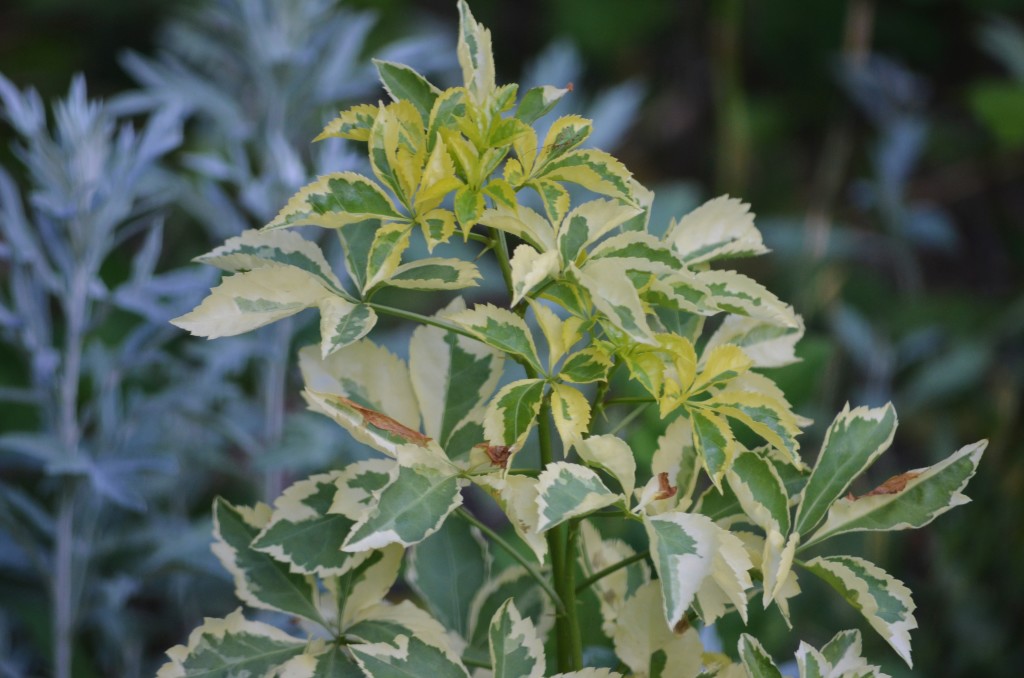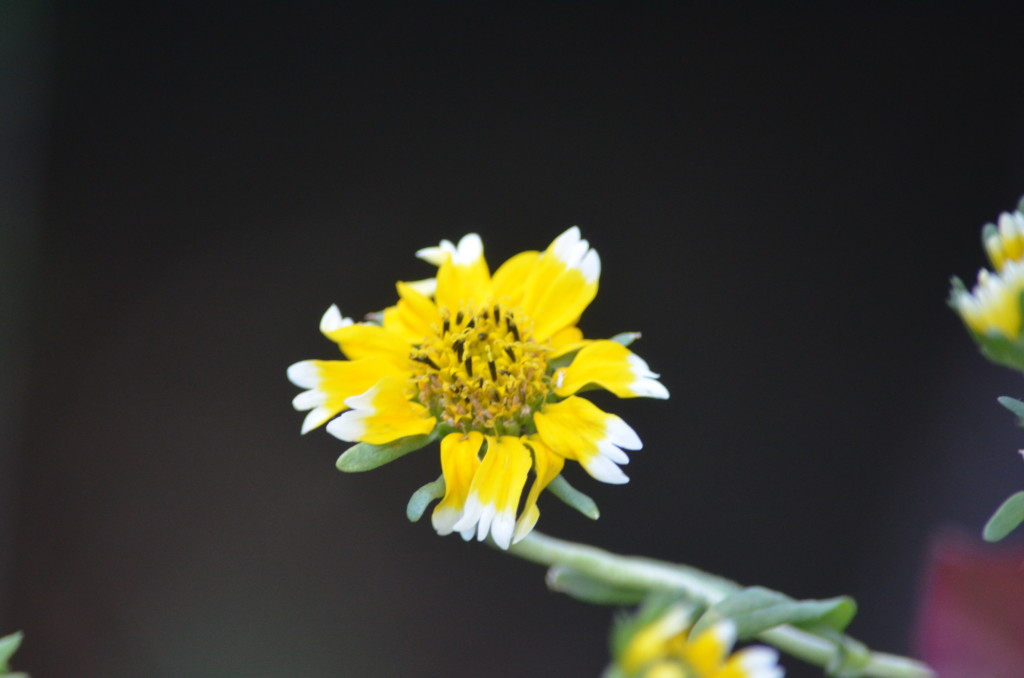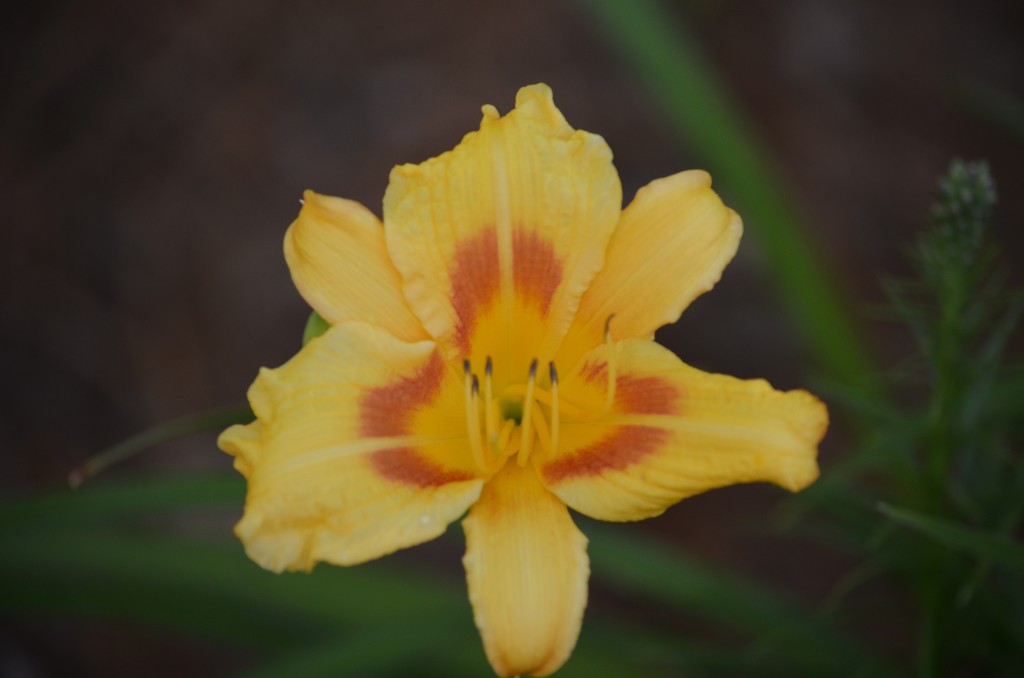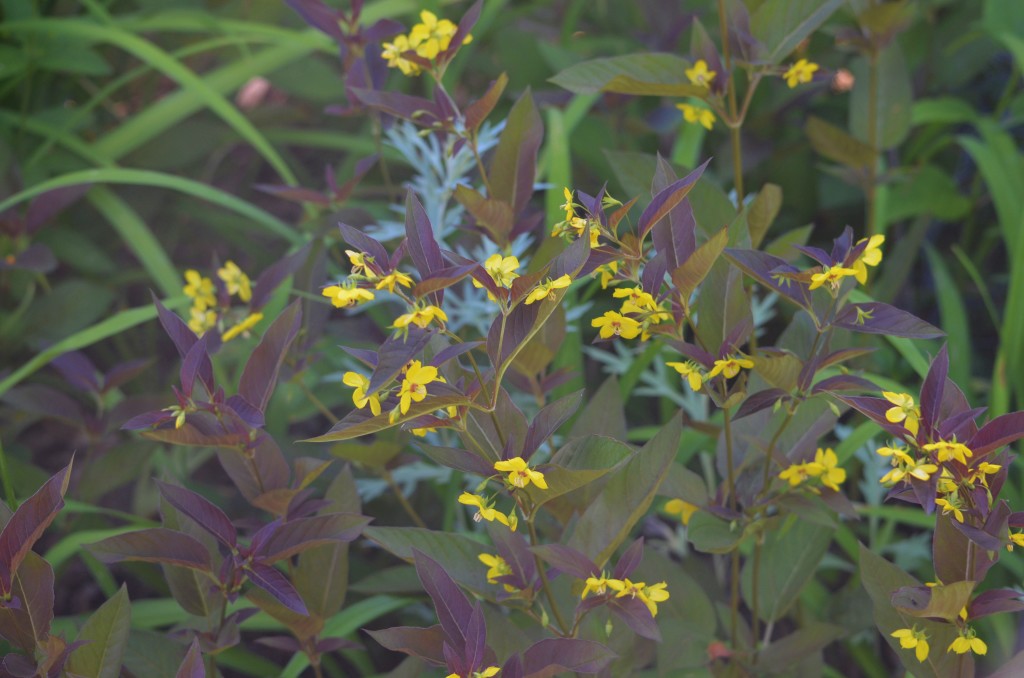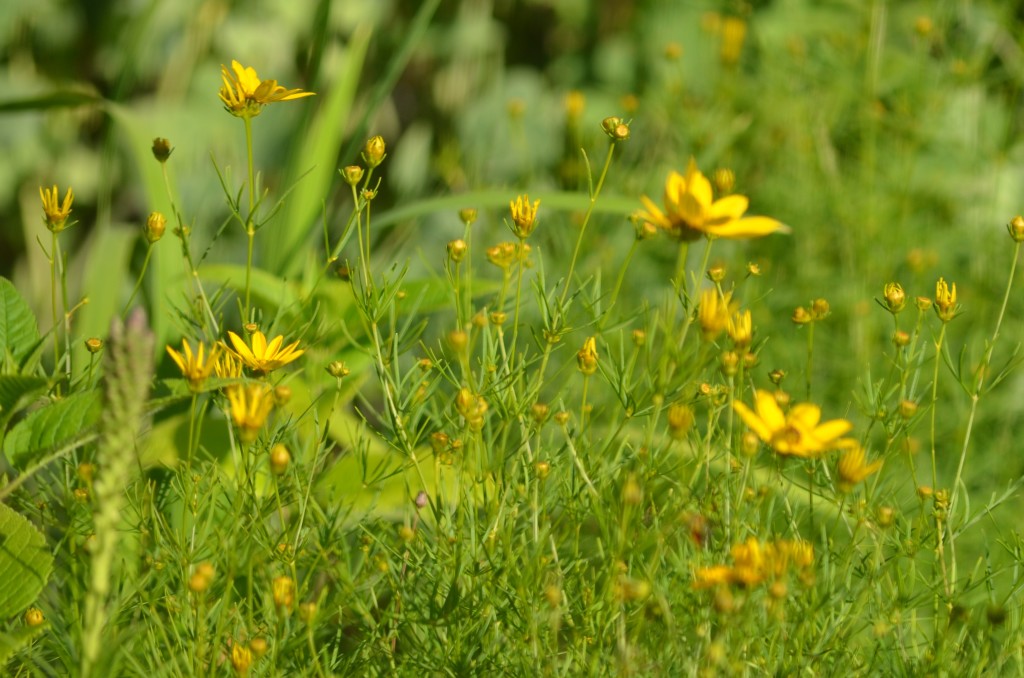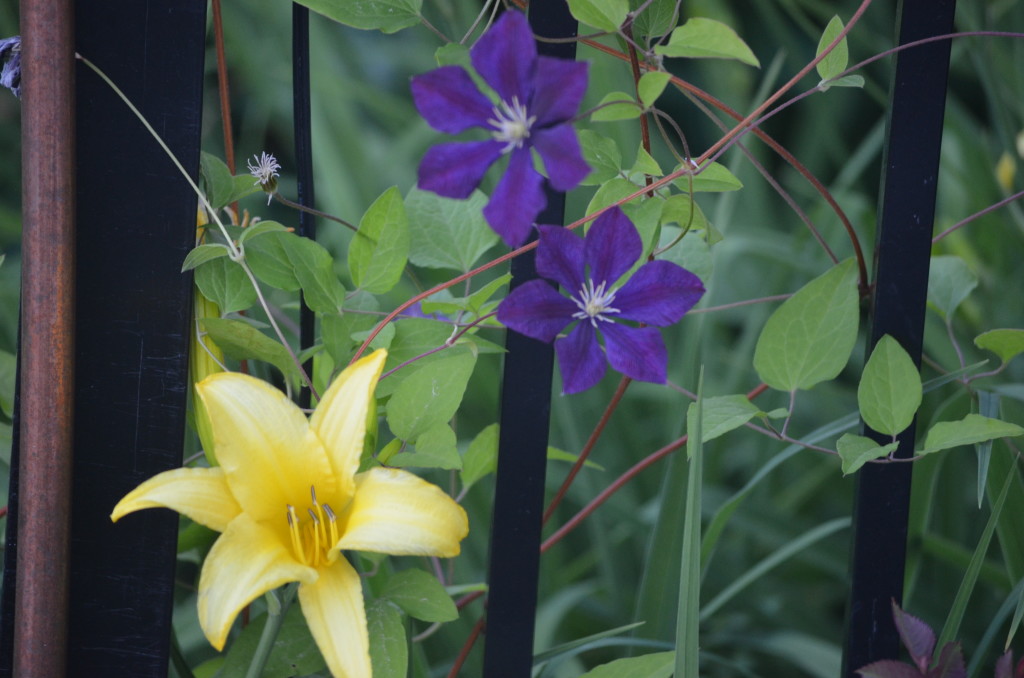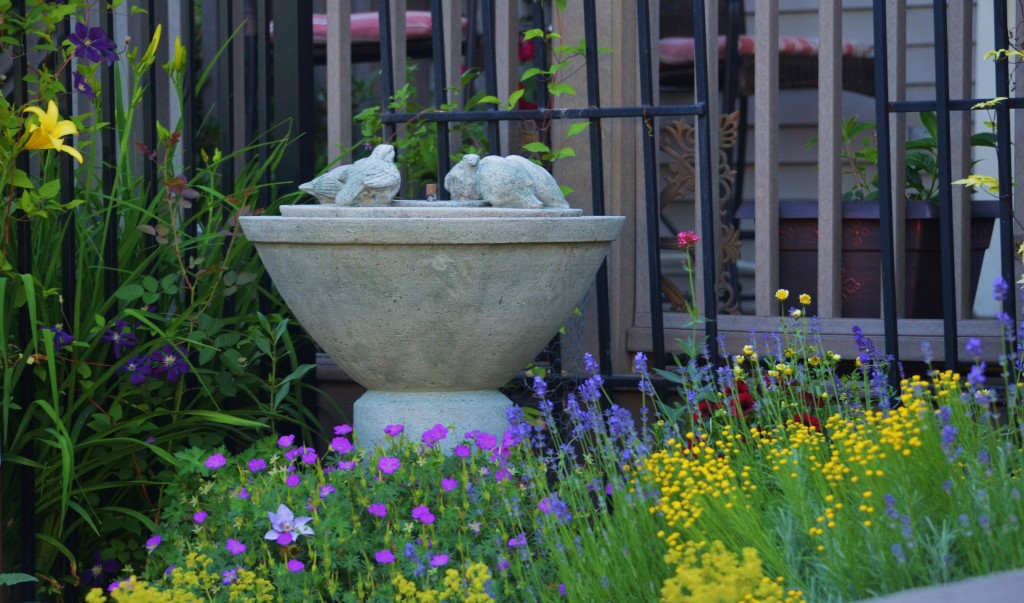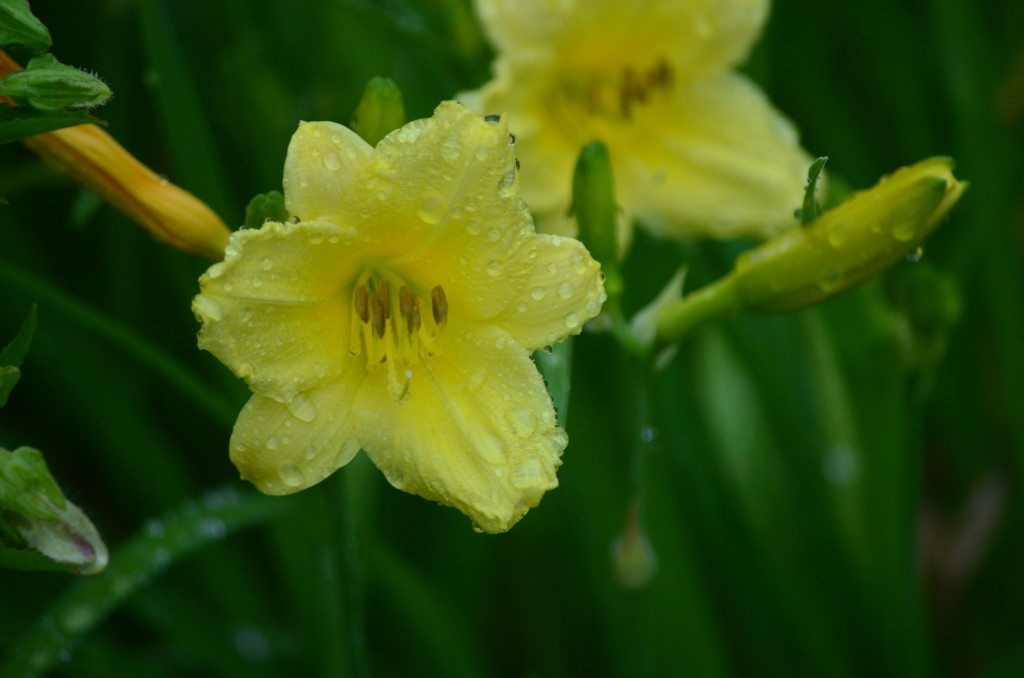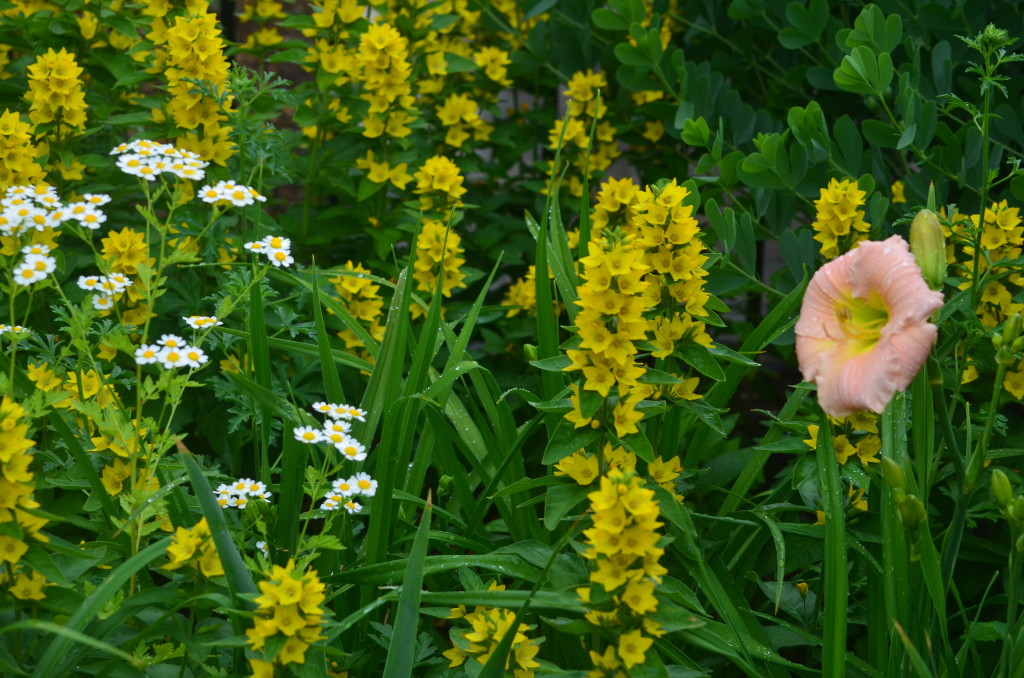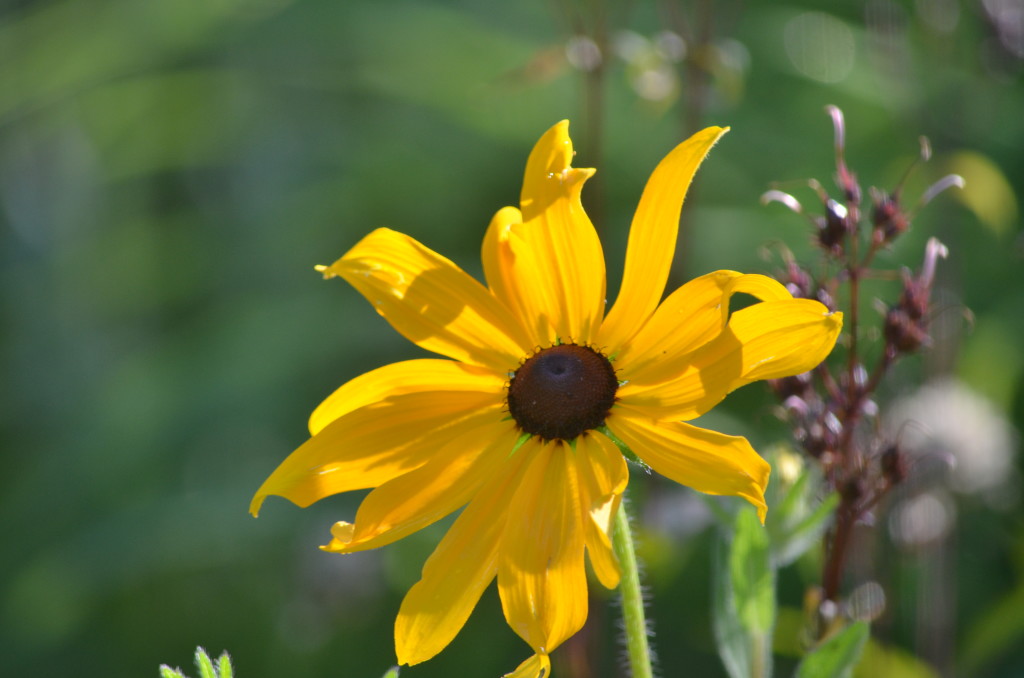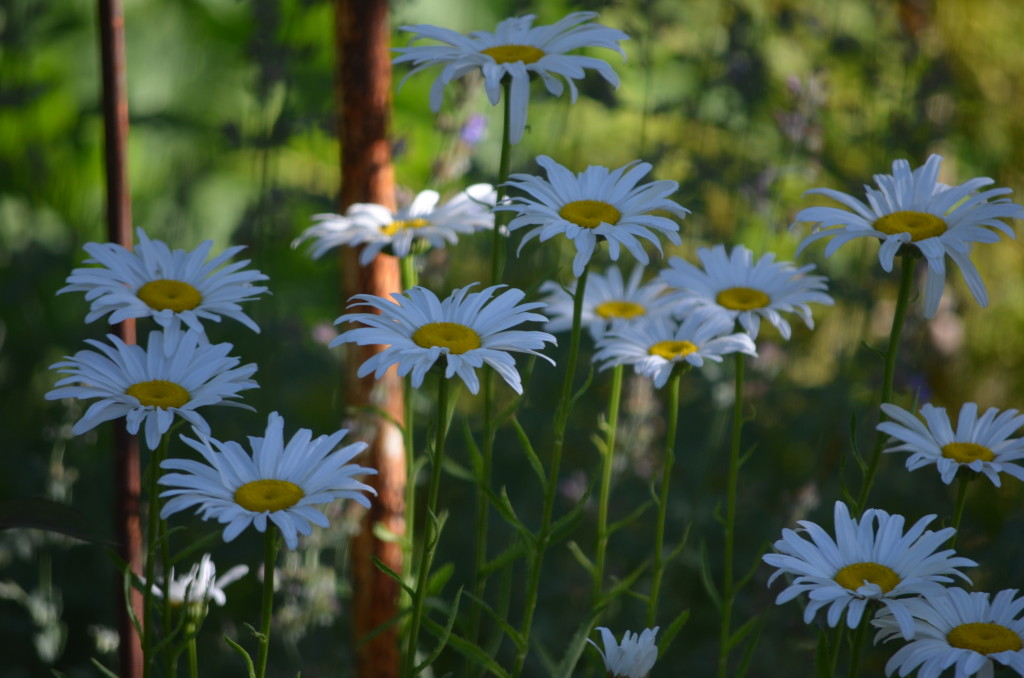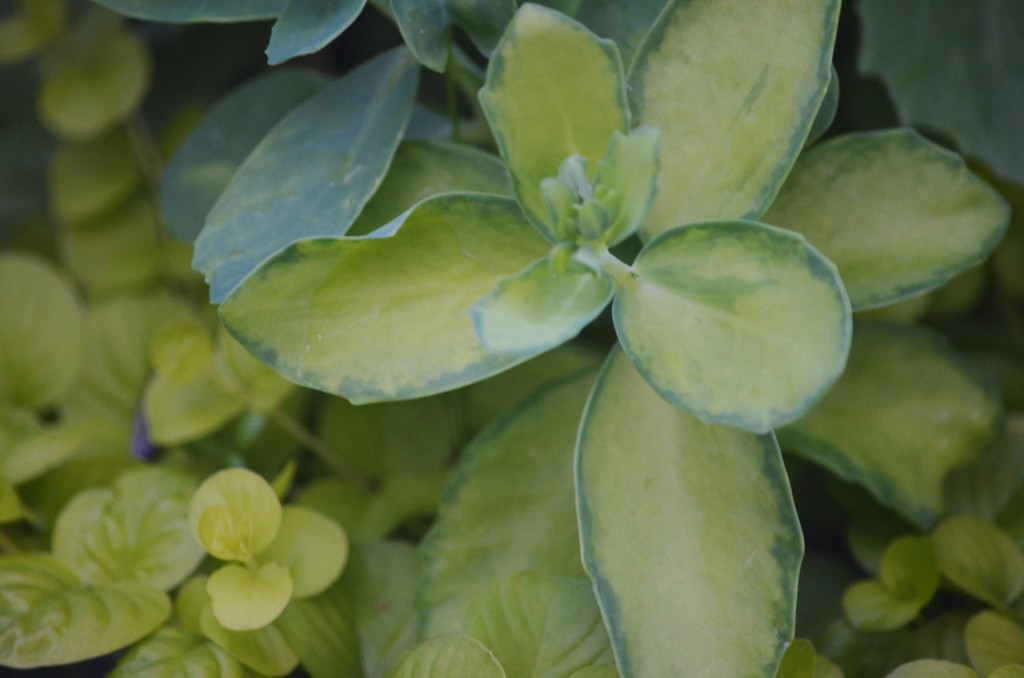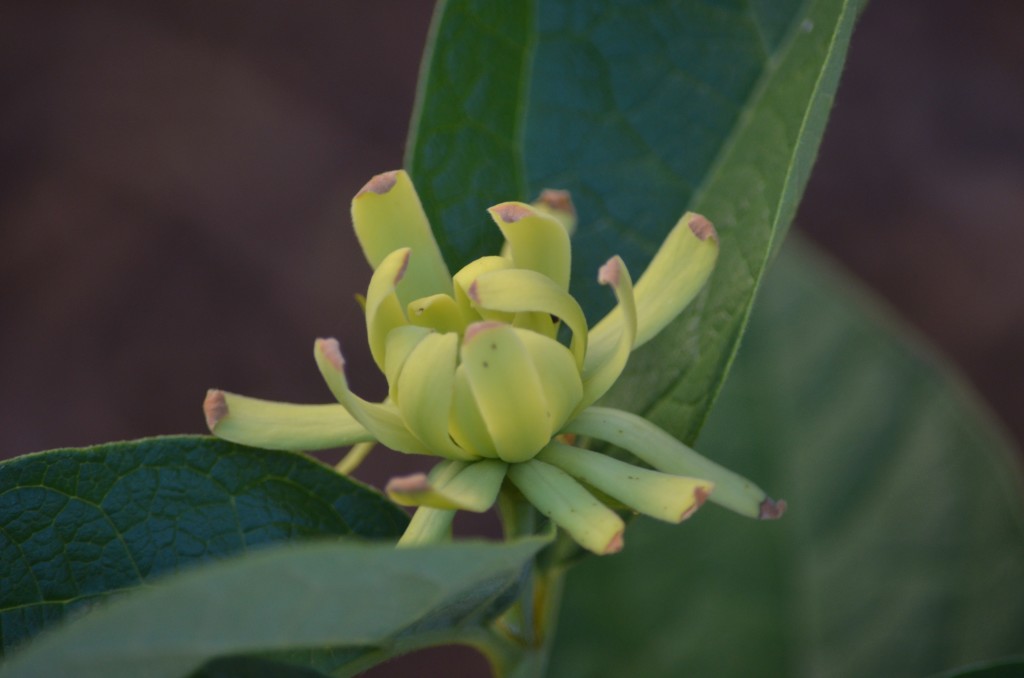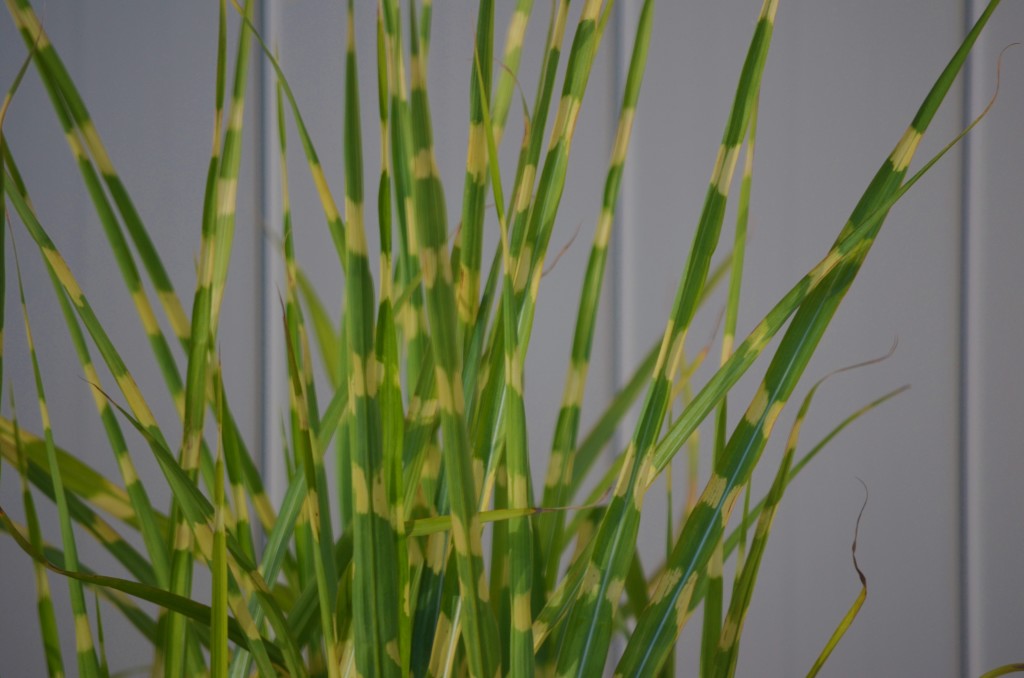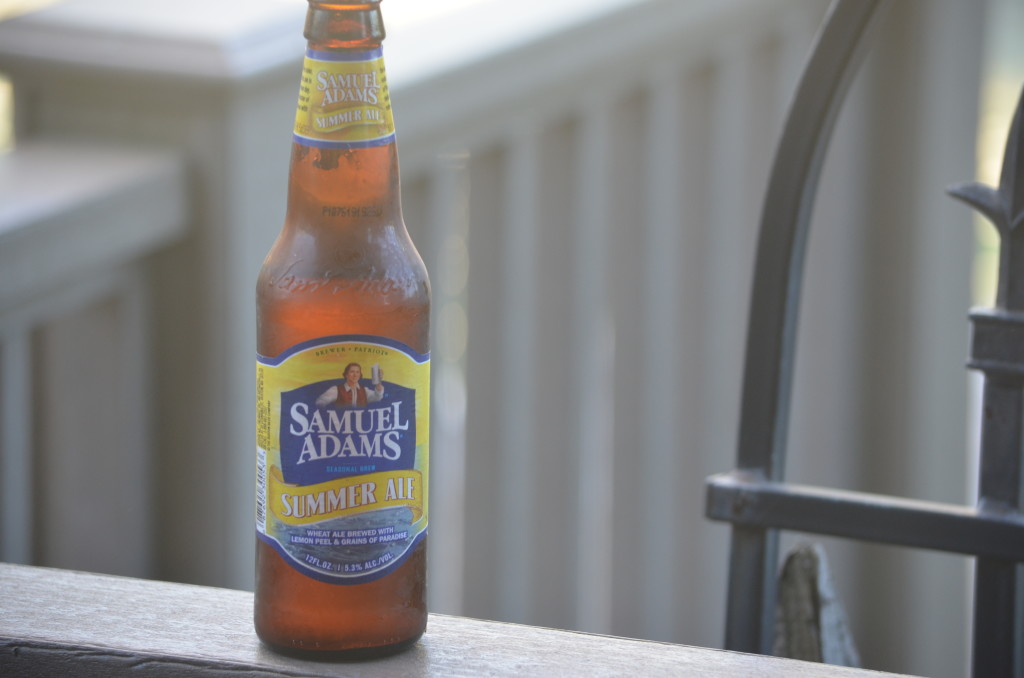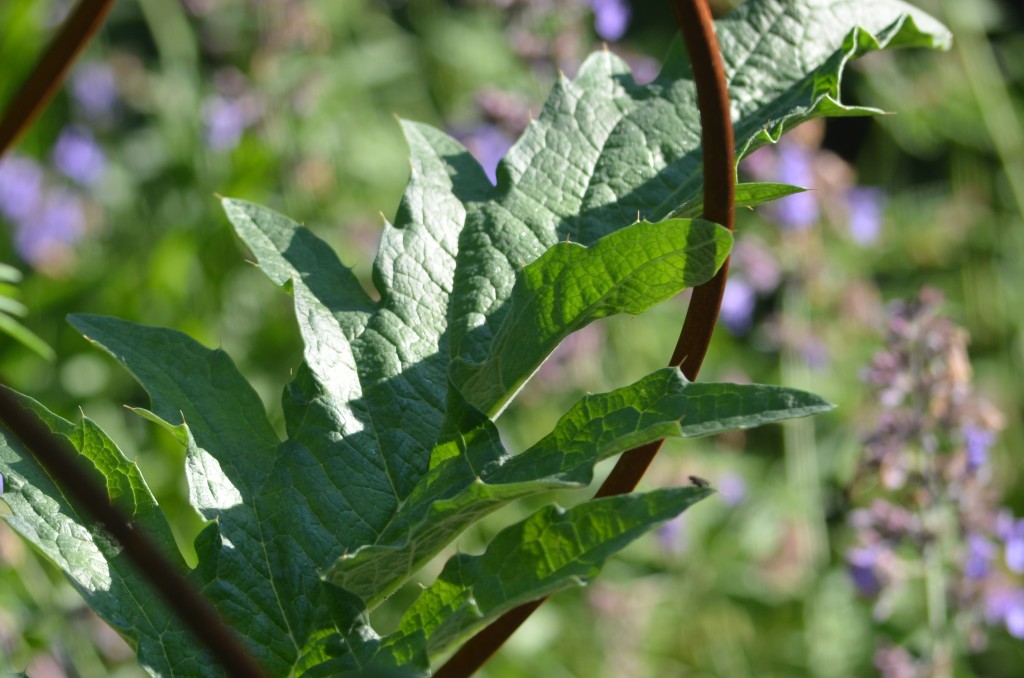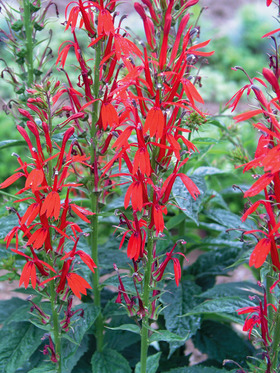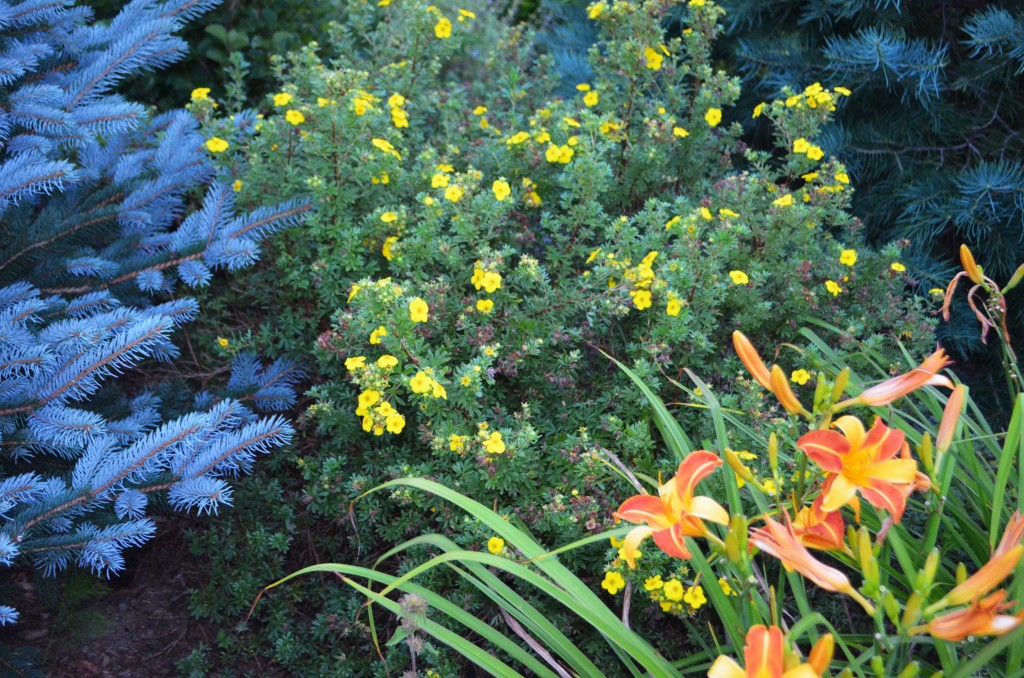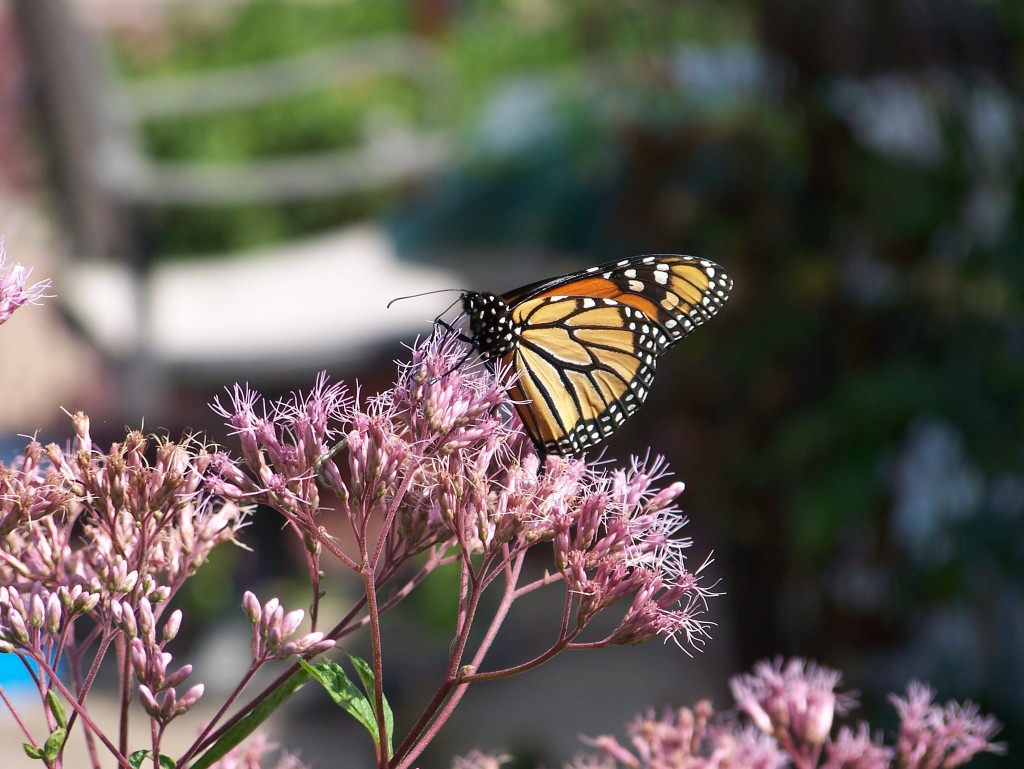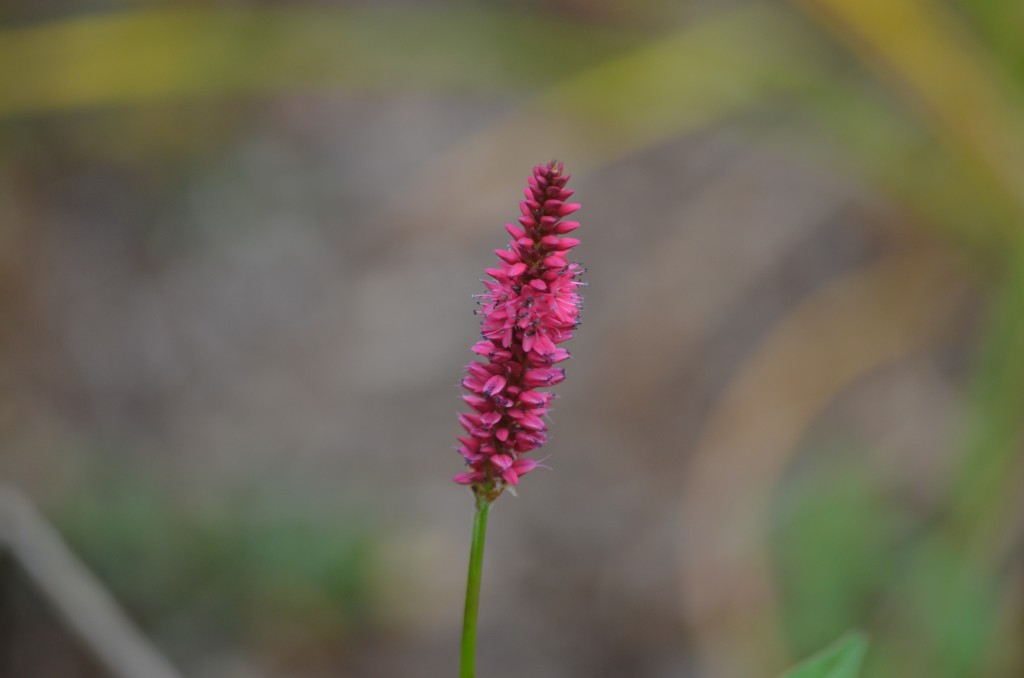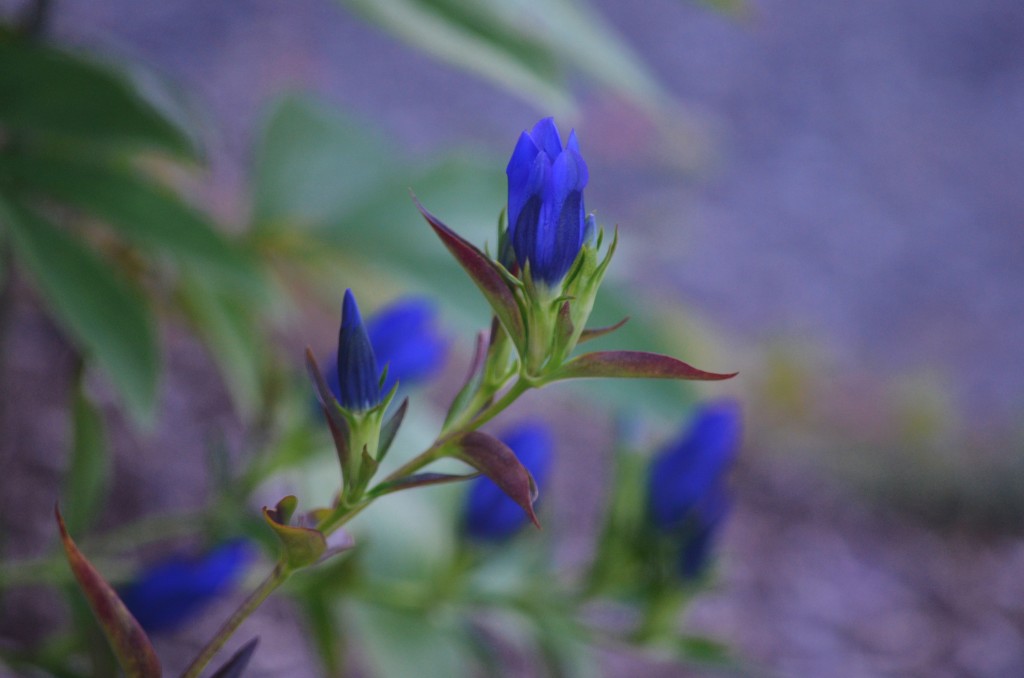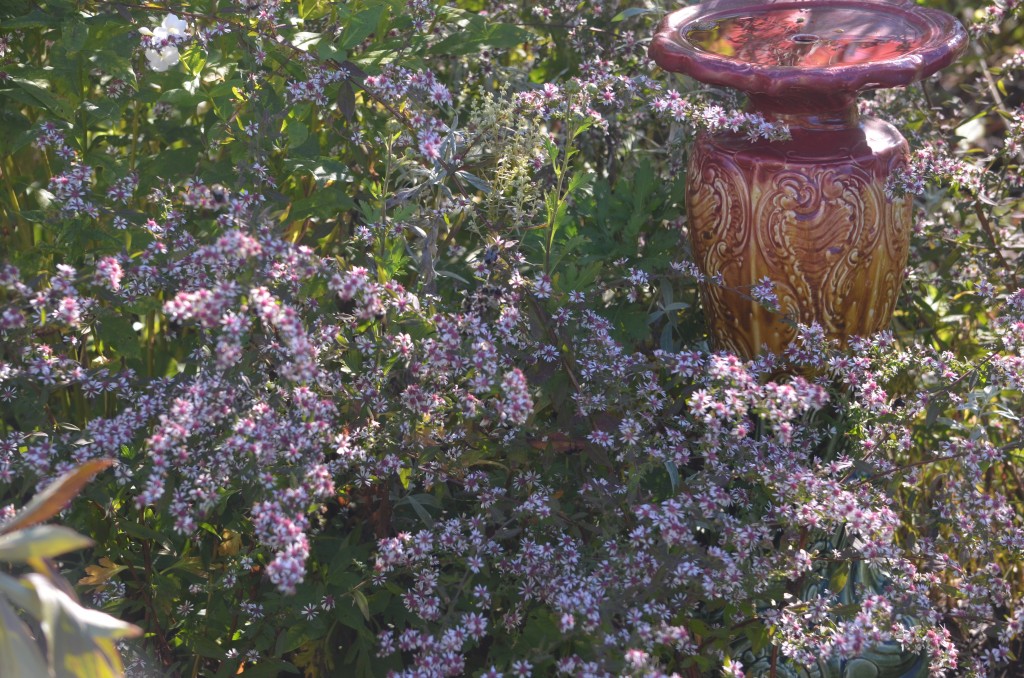Before I start with this weeks installation, can I just telll you ARGGGGGGGGHHHHHHHH!!!!!!!
We have a few baby bunnies in the garden and they are destroying everything, So far an enitrie 4 ft. mallow, two mint family plants ( a salvia and luecospermum) which is a bad sign, several epimediums, an entire astrantia , it is enough to make a gal want to give up and cry.
To add to the mayhem a mouse family wanted to move into a whiskey barrel planter so it chewed through the stem of a very large mexican sunflower. I killed one of the buggers , but know the rest are still there. Yet another family of chipmunks is out back jettisoning plant after plant out of the places they want to burrow, and the weather has been hot with an ever present dessicating wind. Not one drop of rain has fallen, every storm passes us by. Watering is my life.
There, I vented and now I feel a little bit better knowing you may be feeling some of my pain.
Onward to container plantings!
There are many ways to go about using containers in the garden. Here, I plant many pots with things that need rabbit protection( not usually mints!), I plant a few with long blooming annuals, and a few are left to plant for fall interest.
Many magazines and books will direct you to pot up something for early season ( late spring and early summer) and then instruct you to take out the “tired looking” plants and re-pot up with mums etc for late season . Well, you know that is not where I am gonna go, it is very unlike me to follow the rules.
The pots are I am going to tell you about are cheap, easy and very natural looking…..and they are started in the earliest part of summer.
First off, get large pots, I am talking knee to thigh high and very wide. They will cost you a bit, but the time you will save watering is worth the investment. I use both self watering and regular pots depending on the location. these from Mayne are perfect.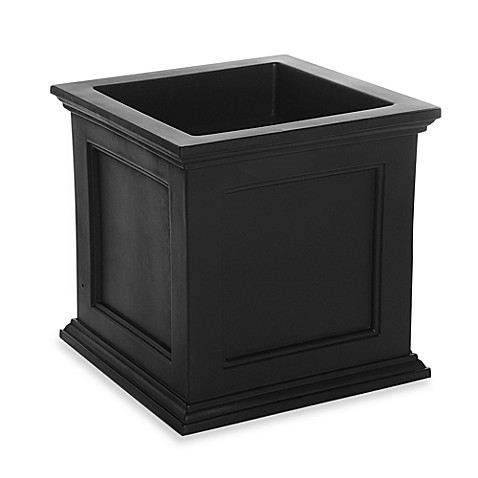
The pots you are planting are destined to hold only late season plants so don’t even think about putting early bloomers in them, there won’t be time or space.
I think a spring garden is pretty darn easy. So many shrubs and trees in these parts naturally bloom then, daffodils are beyond simple to grow, and many of our native spring ephemeral plants are in flower as well. With loads already going on in the garden, having a large pot or two that is basically empty will hardly be noticed when glancing into the garden.
Now, get several packets of seeds ( I order mine online in the winter when I have time to really think about it) maybe a few late blooming plants like mums bought in plugs ( which are small and cheap) peacock orchid bulbs and dahlia tubers and then scout the garden for late blooming or foliar interest plants you can steal a bit of.
Plant the dahlia tubers and any small plants and divisions first. This year I used a perennial called Red Birds in a treee, and cardoon, both of which I started from seed under lights inside but you could buy small plants of both on ebay for a few dollars apiece and mums, asters and sedums. You will need to cater your selection for where the container is sited. Mine will be baking in the hot sun all day, these plants can all tolerate heat drought very well ( with the exception of the mums).
Sedums of all types are great plants for containers , and many of them will tolerate a little shade too. If you grow any, the late spring is the perfect time to go around to your plants and divide off little chunks of them and stick them in your fall container. They will be huge before you know it.
Asters and mums , are another perennial you can steal a piece off exisiting plants and stick in there, as well as ornamental grasses ( just use a soil knife to carve away a small segment near the edge of the clump) , hosta if you get it early enough so you won’t ruin the shape of the plant in the garden, lirope, japanese forest grass, really just look at what you have and try to use it. After you have the tubers and little plant sections in there, now add any seeds. I use nasturtiums which will fill out much earlier and help the container look good longer, tiger paw asters, tons of cosmos,species petunias, annual salvias, amaranth varieities, and usually an annual vine or two depending on the container.Now, tuck it in the garden and just remember to water it .
If you cover the bare soil with rice hulls AFTER the seeds have sprouted you will need to water much less.
By late July your container should be pretty full, and any annuals you planted will probably have started to flower. Viloia! Perfect fall containers for almost nothing money wise, and very little effort time wise.
Now, we move on to one of the most important things I have gleaned from my stalking of all things Great Dixter: Back-up plants. As the season goes on , try to at least twice start some more seeds. I keep a tray of pots near the hose and in late June and the again in mid to late July throw in some more seeds. The garden tries it’s best to throw every curve ball it can to me to see how I handle it…..rabbits take down entire plants, things bloom and then die or never bloom at all, voles and chipmunks dig plants up, a testy irrigation system refuses to water an entire area when no rain has fallen in weeks. Be prepared.
Just a few days ago I seeded purple basil which is a stunning foliage plant, more amaranth, more cosmos, tucked in more nasturtiums seeds to those containers in which they are growing, and a few yellow hyacinth beans. The heat will get these babies huge in no time at all and they will await the latest disaster that will dictate their new home.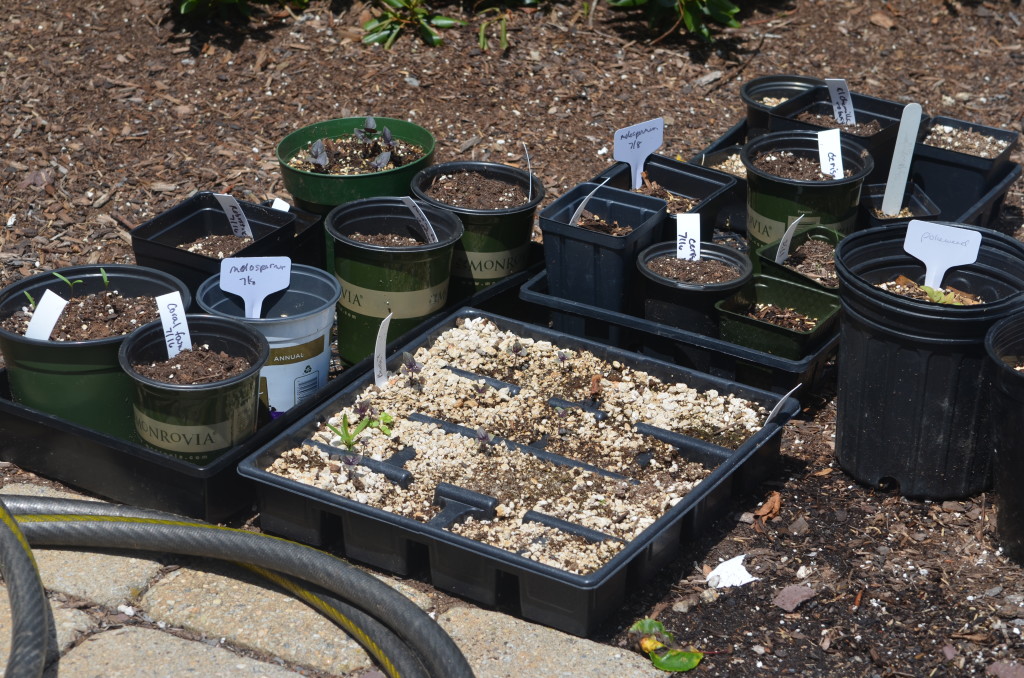

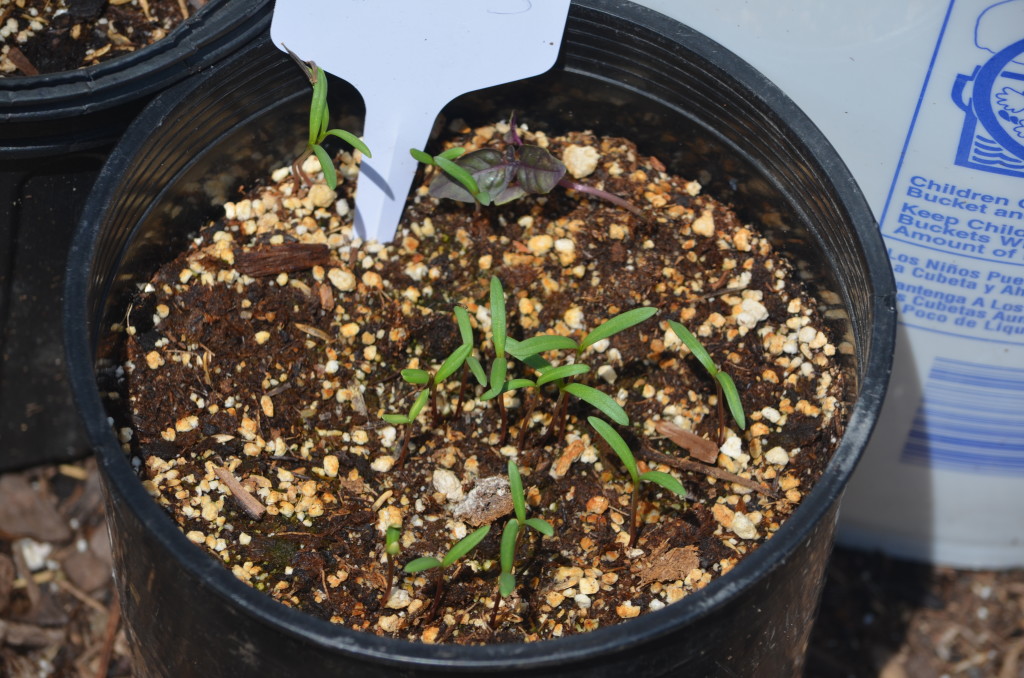 Now. let’s talk further benefits of starting late container gardens like this.
Now. let’s talk further benefits of starting late container gardens like this.
a.) if you put in more seeds than you need to ensure germination, any extras that sprout can be taken out of the container once they are big enough and planted in the garden or given away to friends. I have loads of coral amaranth in the gardens because I overseeded the pots .
b.) when frost threatens in October , your pots can be moved into a garage or shed if they are light ( i use a small hand truck to move some bigger ones) or easily covered with frost cloth or even a sheet . Then you pop them back out where they will continue to thrive in the glorious autumn sun after other gardeners have given up.
c.) critters are easier to control. Chipmunks may try to dig in some pots but gravel on top can deter this, or I sometimes use a cloche for stuff I really would hate to lose to them. Rabbits can’t reach tasty treats ie your valuable plants, and slugs appear at a level that requires no bending to pick them off.
d.) if you have crappy soil like I do , potting soil is much easier to grow many things in. For example, dahlias in pots here are flourishing, those planted in the ground get off to a much slower start.
e.) with pots you can grow things you may usually not be able to . For example, if you have a shady garden and a sunny driveway, pots are perfect for growing the summer flowers you dream of ( just make sure no cars will hit them) Here it is really sunny and much of the shade involves competing with tree roots, so again, pots solve the problem, allowing me to grow things I normally can’t
f.) if I am going away, I can put all the pots stacked right next to the hose for whoever is watering for me. A little secret…..I often do this anyway so I can keep them watered easily during dry spells and only place them in the garden when I need to.
Since it is only July, this year pots are in their teenage years so to speak. The annual seedlings are awkward but filling out, the dahilas are just starting to flower, the mums are still quite small, but the sedums always look good.
In the big pot with the cardoon and Red Birds in a tree ( scrophularia macranta) everything is getting quite large and I went out to snap a few photos and caught this juvenille hummingbird hanging out and snacking. He was on happy camper.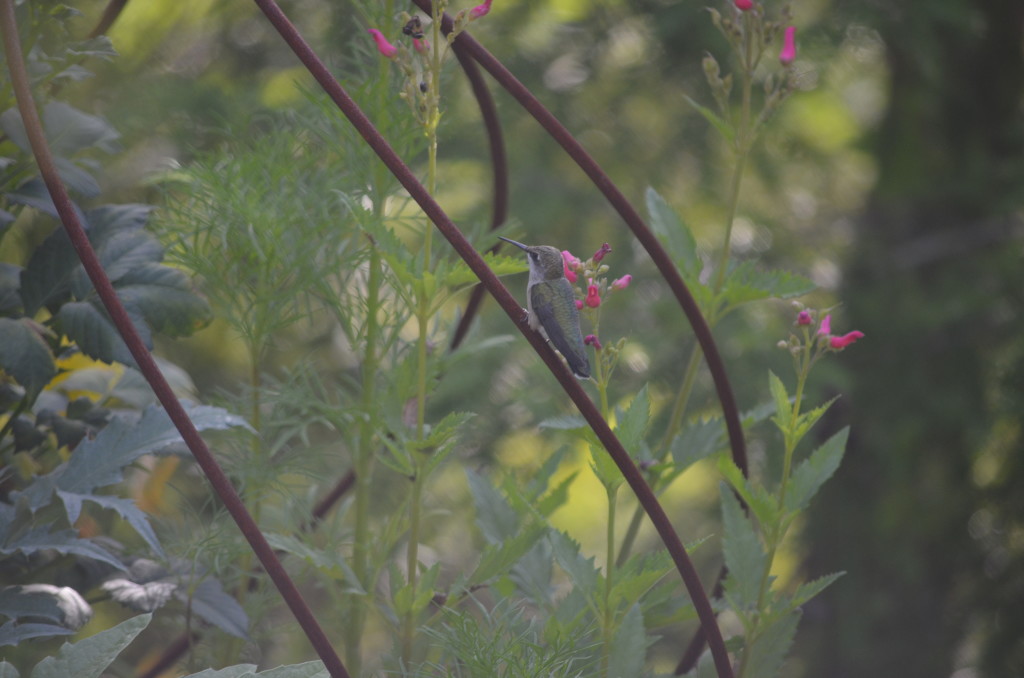
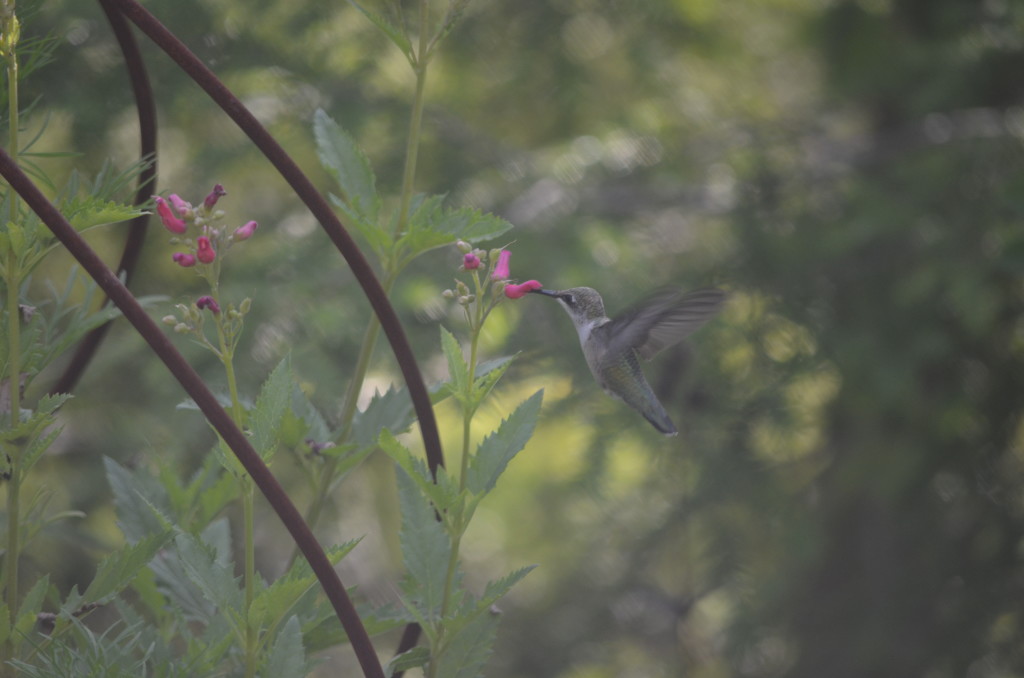
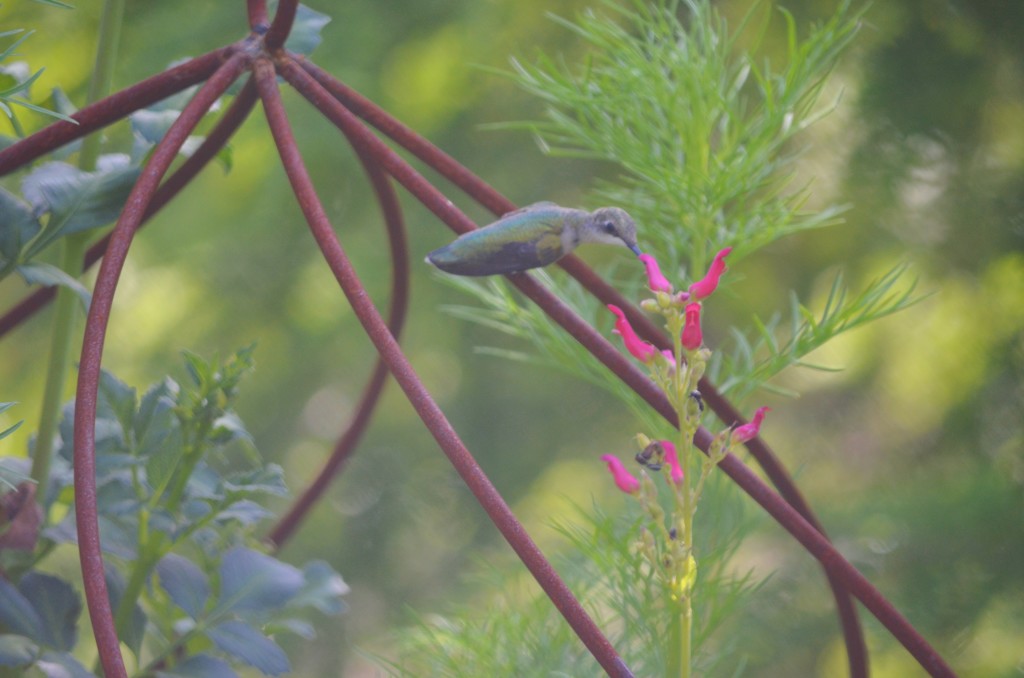
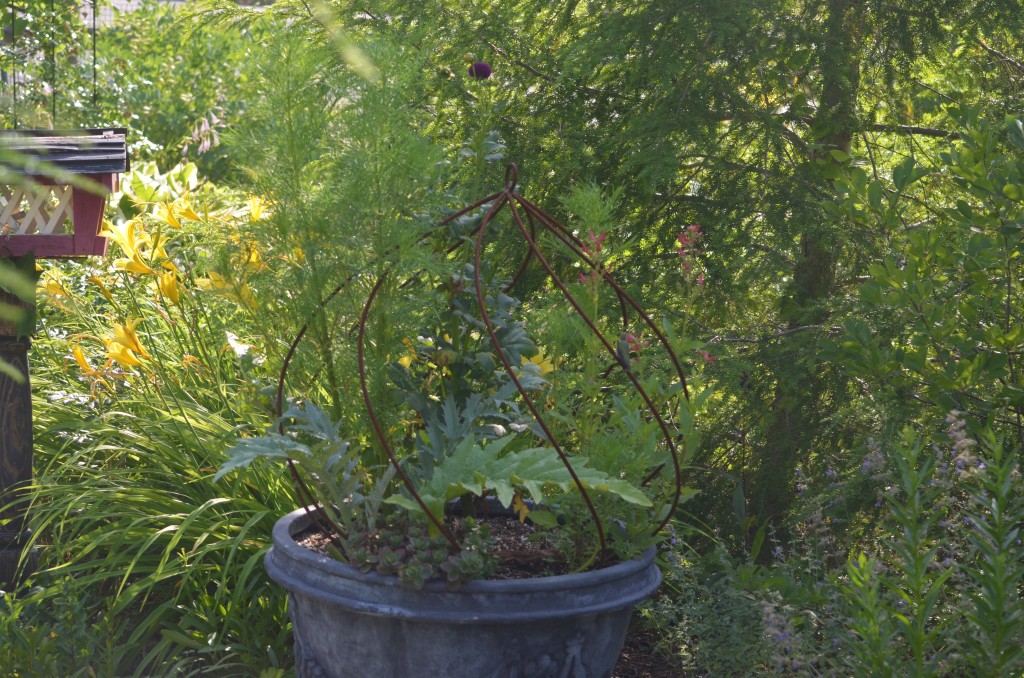
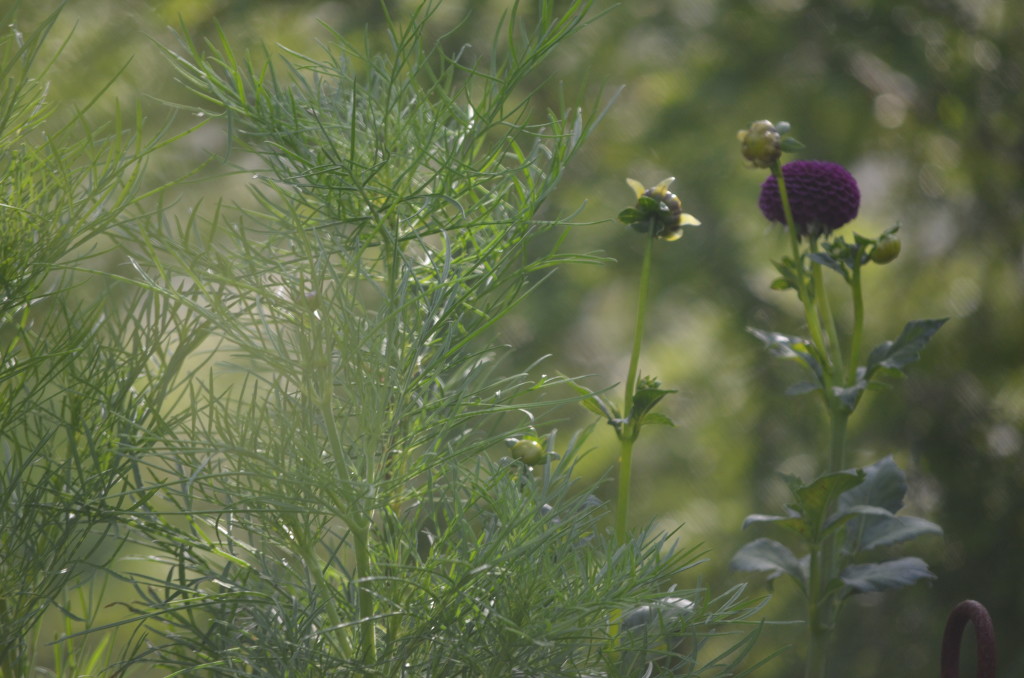 This container from last year is divisions of aster and sedum, self seeded verbena bonariensis and petunias
This container from last year is divisions of aster and sedum, self seeded verbena bonariensis and petunias

This one was planted in June and the coral amaranth has gotten huge , I will be cutting it for vases as time goes on, and the daucus carrota and dahlia are still pretty small. By September it will be overfull.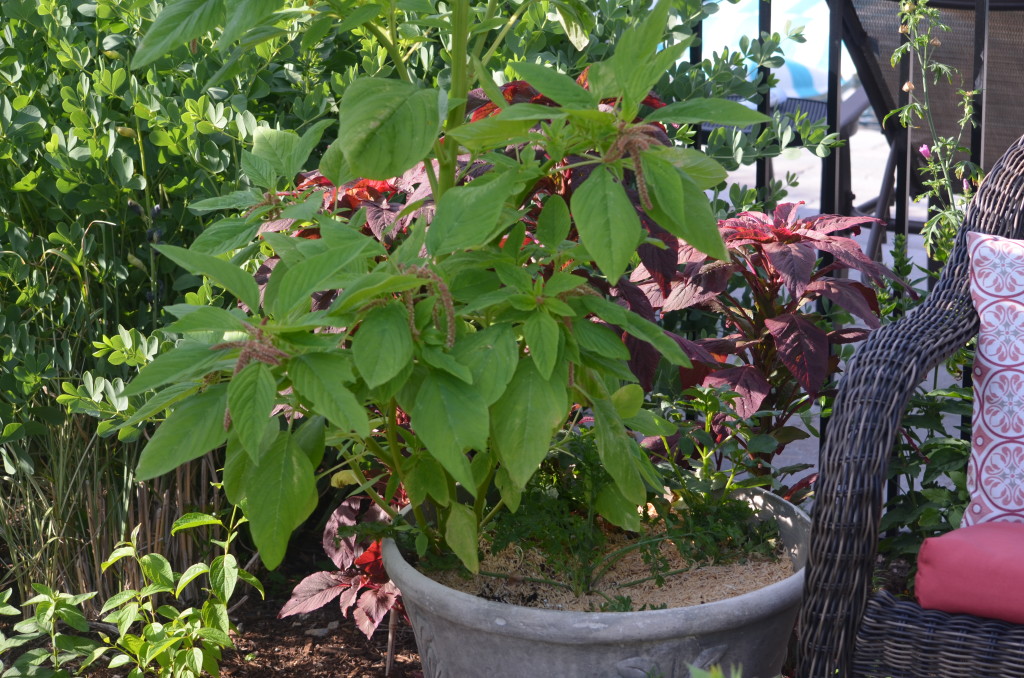 This tall red tom pot has a single dahlia and both love in a puff and ipomea lobata or firecracker vine climbing the tripod in it. Once it gets going only frost will stop it.
This tall red tom pot has a single dahlia and both love in a puff and ipomea lobata or firecracker vine climbing the tripod in it. Once it gets going only frost will stop it.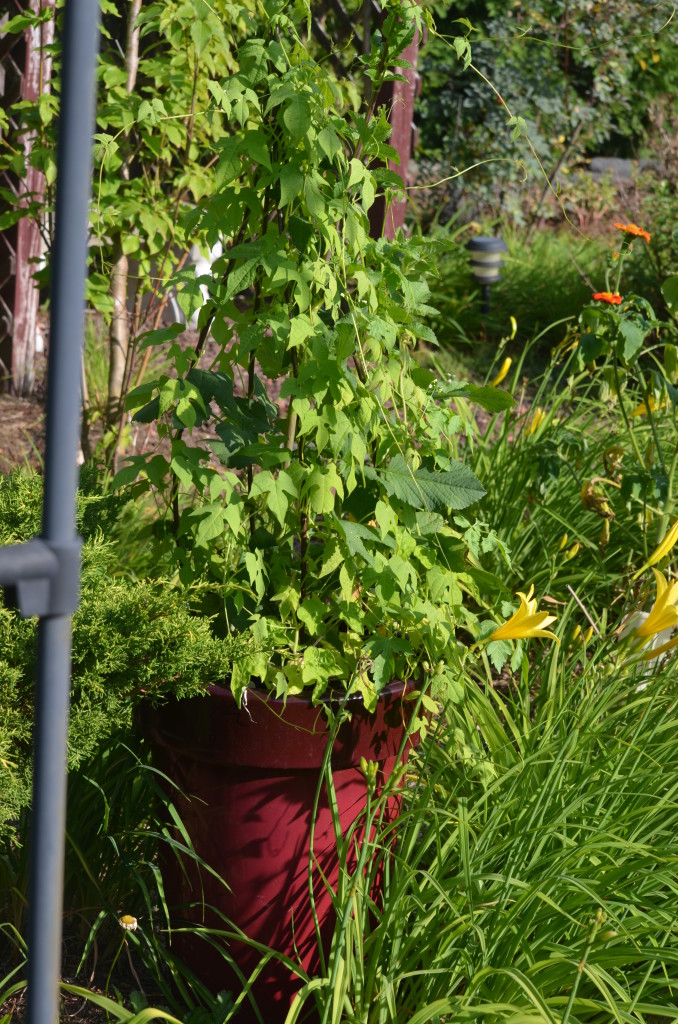 this is sedum with yet another vine, purple bell flower
this is sedum with yet another vine, purple bell flower
and yet another sedum, this time Purple Emporer , agastache and a just starting to bloom perennial mum. ( photo from 2015)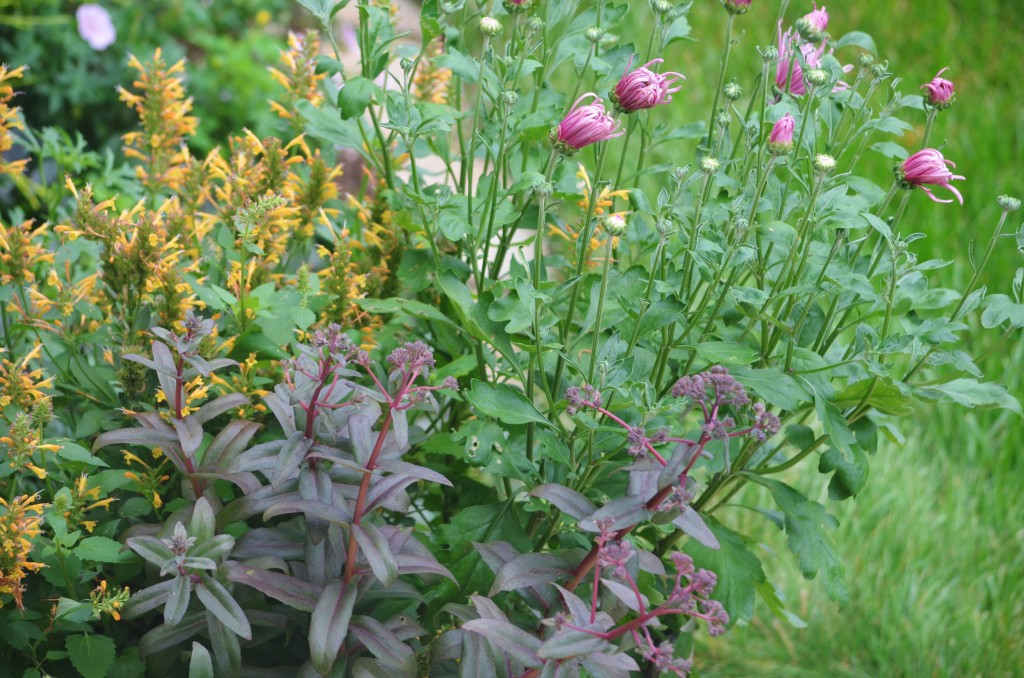 This crazy container has two dahlias, tri-color amaranth, petunias,more daucus carrota, creeping jenny and a vine that has just started to grow up the birch branch I stuck in there. (excuse the craptastic photos , the light was bad when I was trying to get them) the vine is a late blooming clematis, the dahlias are both reddish varities and by late August the creeping jenny will be draped down the front …it lives there permanently and I trim it back to stubs in the springtime.
This crazy container has two dahlias, tri-color amaranth, petunias,more daucus carrota, creeping jenny and a vine that has just started to grow up the birch branch I stuck in there. (excuse the craptastic photos , the light was bad when I was trying to get them) the vine is a late blooming clematis, the dahlias are both reddish varities and by late August the creeping jenny will be draped down the front …it lives there permanently and I trim it back to stubs in the springtime.
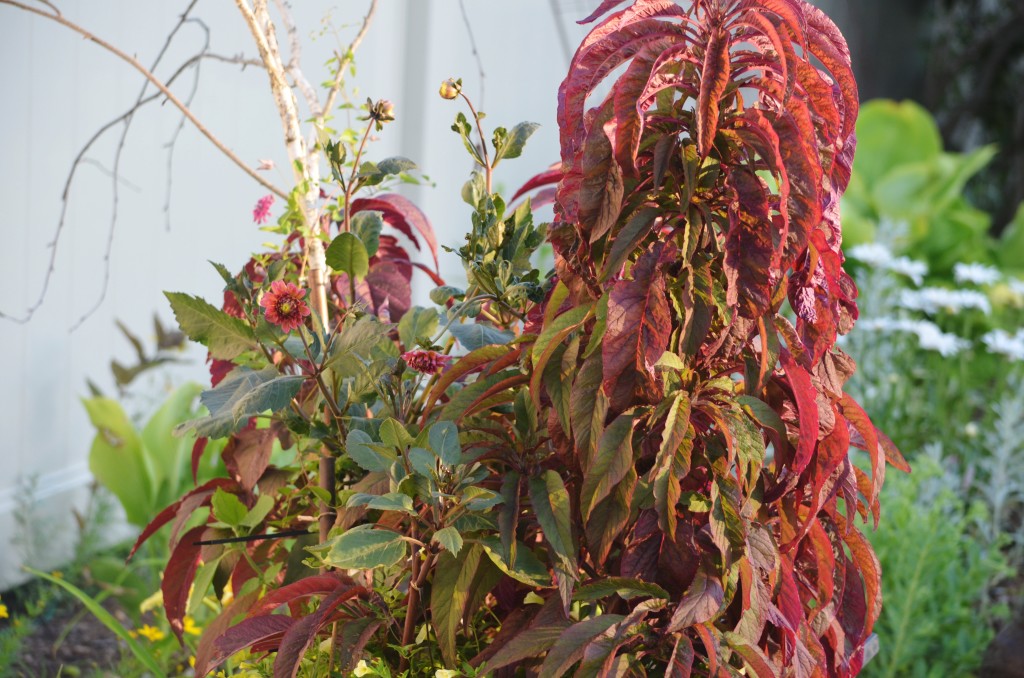
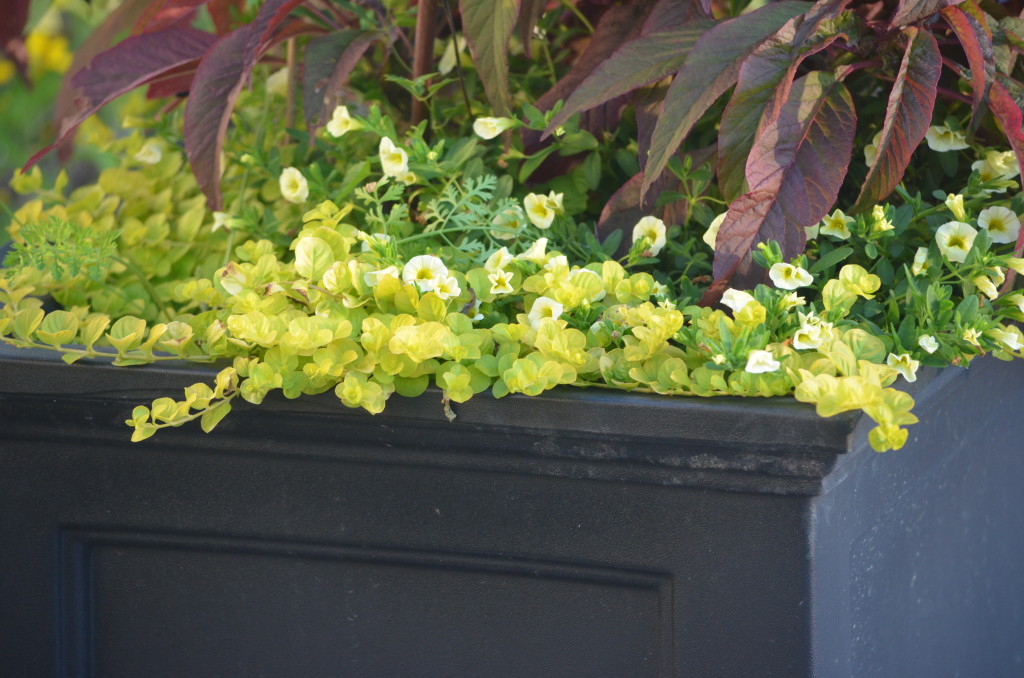 There are so very many easy options to fill containers for late season interest that don’t involve pincushion mums from the store. Put your thinking cap on and get to it!
There are so very many easy options to fill containers for late season interest that don’t involve pincushion mums from the store. Put your thinking cap on and get to it!
